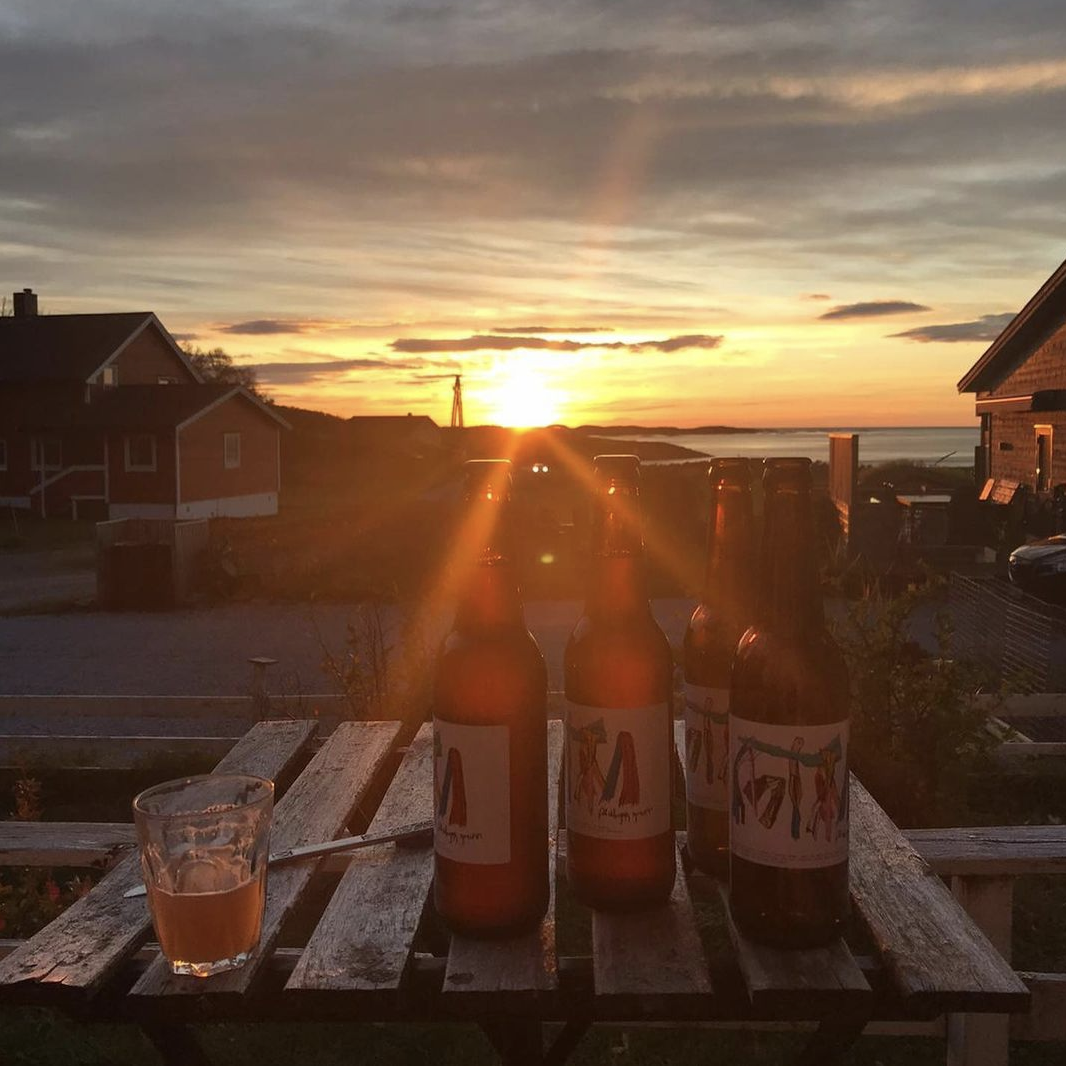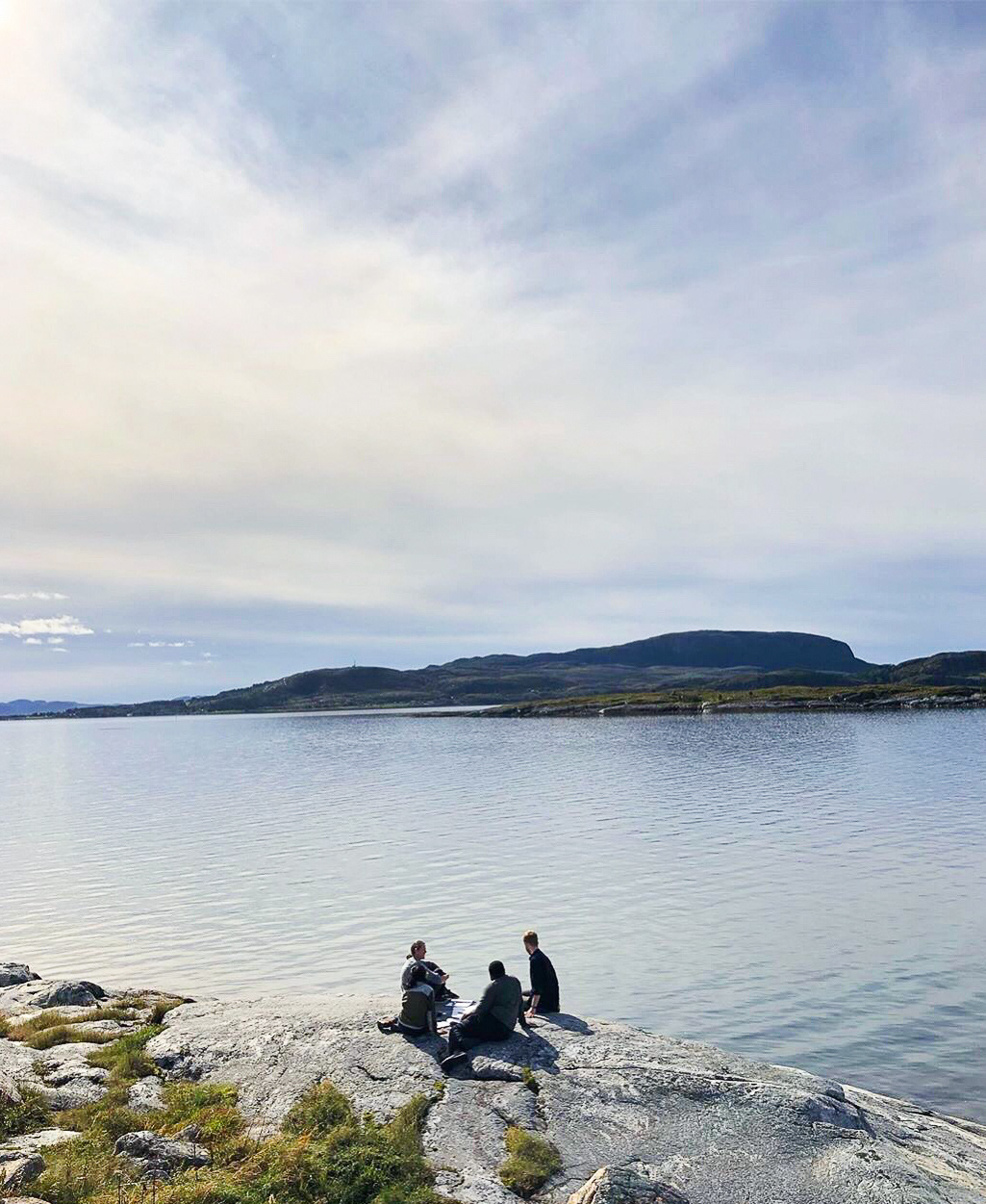
The four of us outside Bygdeboksen, Bygda 2.0 / Copyright © Ingrid Langklopp 2019
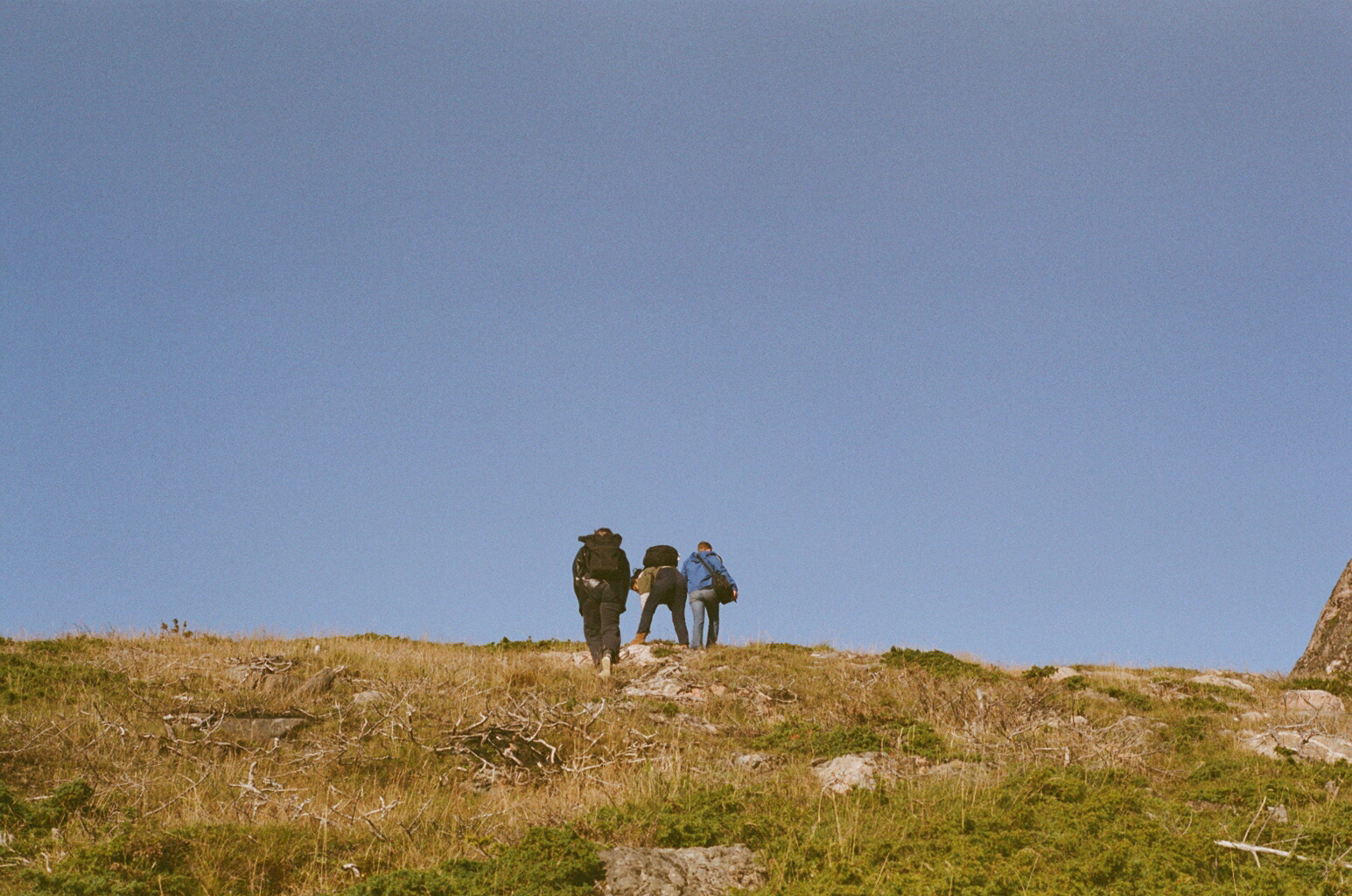
Hiking up a mountain to find cave Kjølna / Copyright © Michael Taiwo 2019

Ingrid on the rock, on a short walk from the Hosen coastline to Bygda 2.0 / Copyright © Christopher Pearson 2019
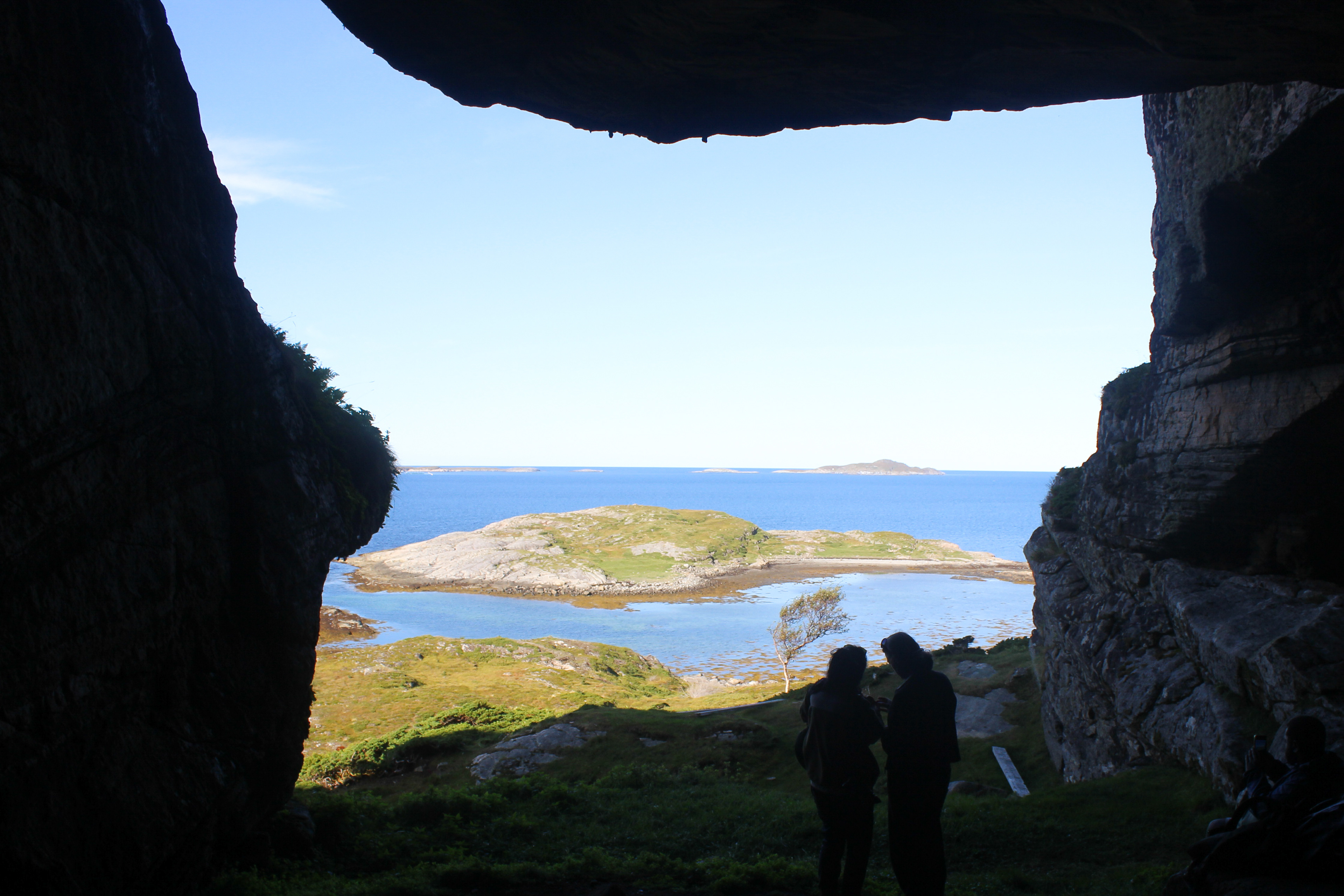
The view from cave Kjølna / Copyright © Christopher Pearson 2019

Foraging for chanterelles on Stokkøya / Copyright © Christopher Pearson 2019
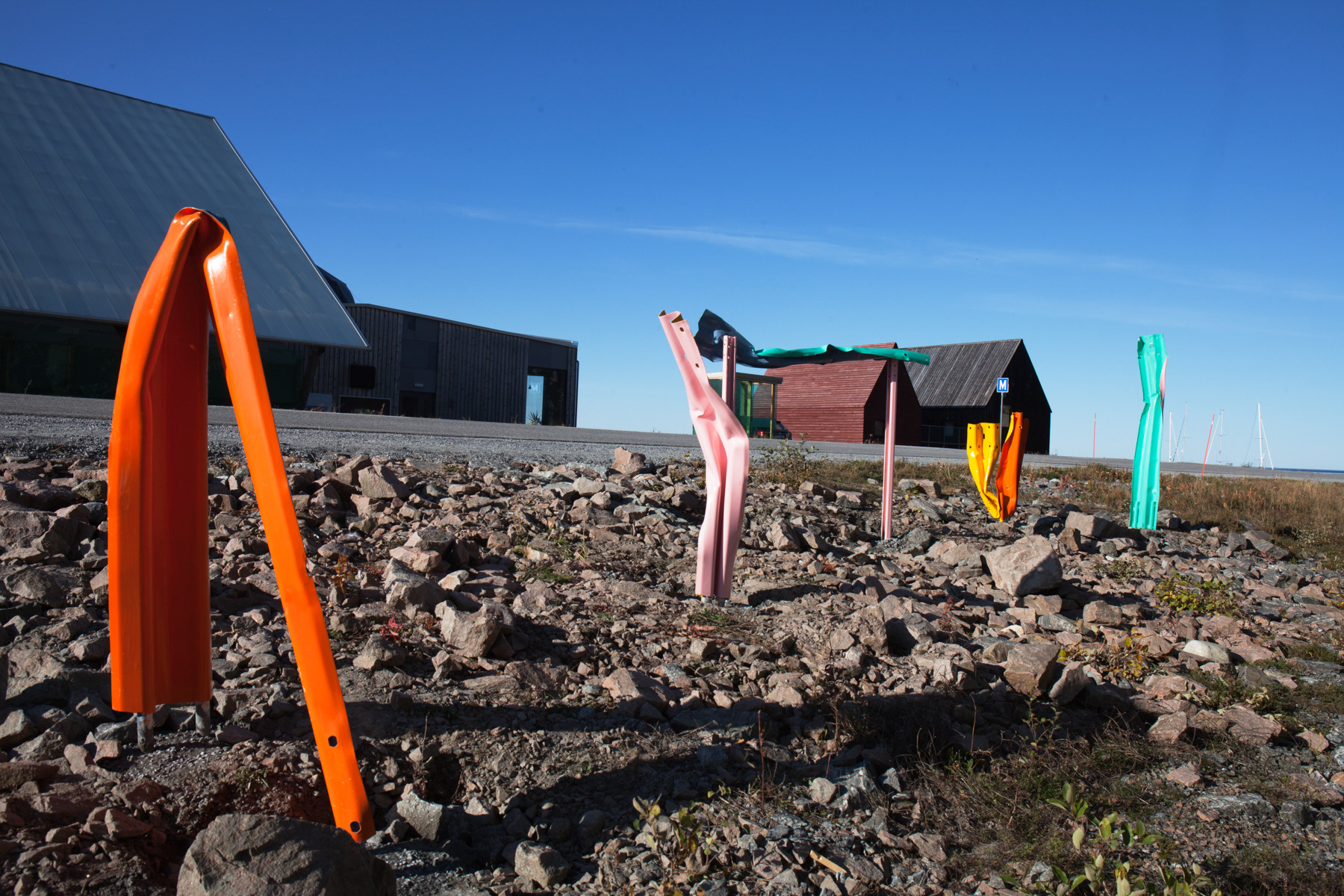
Our final installation, entitled 'On Precarious Ground' (Norwegian: 'På utrygg grunn') / Copyright © Ingrid Pumayalla 2019
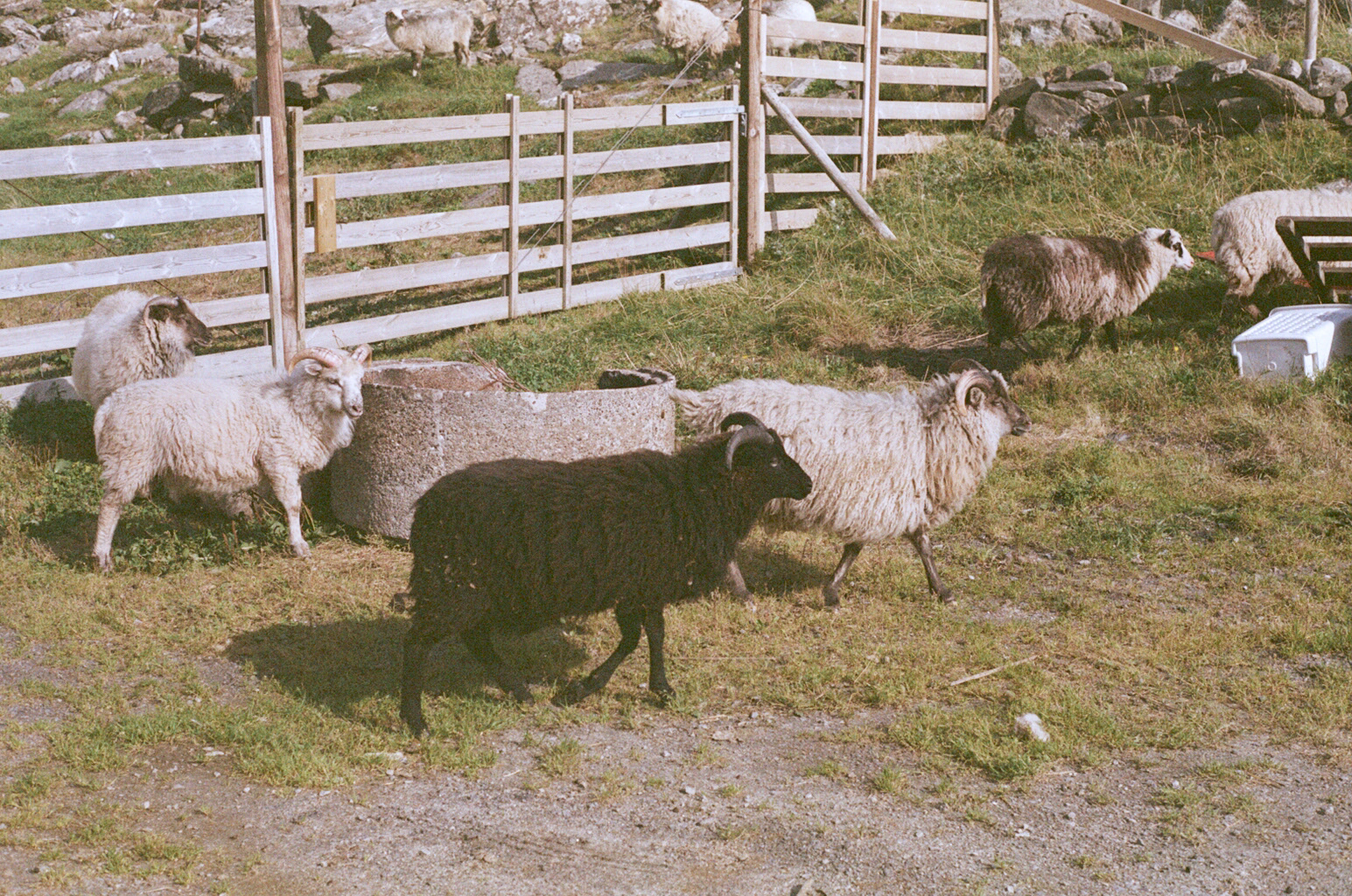
Visiting a local farm to shear sheep for wool / Copyright © Michael Taiwo 2019

The sea-facing façade of Bygdeboksen, Bygda 2.0 / Copyright © Christopher Pearson 2019
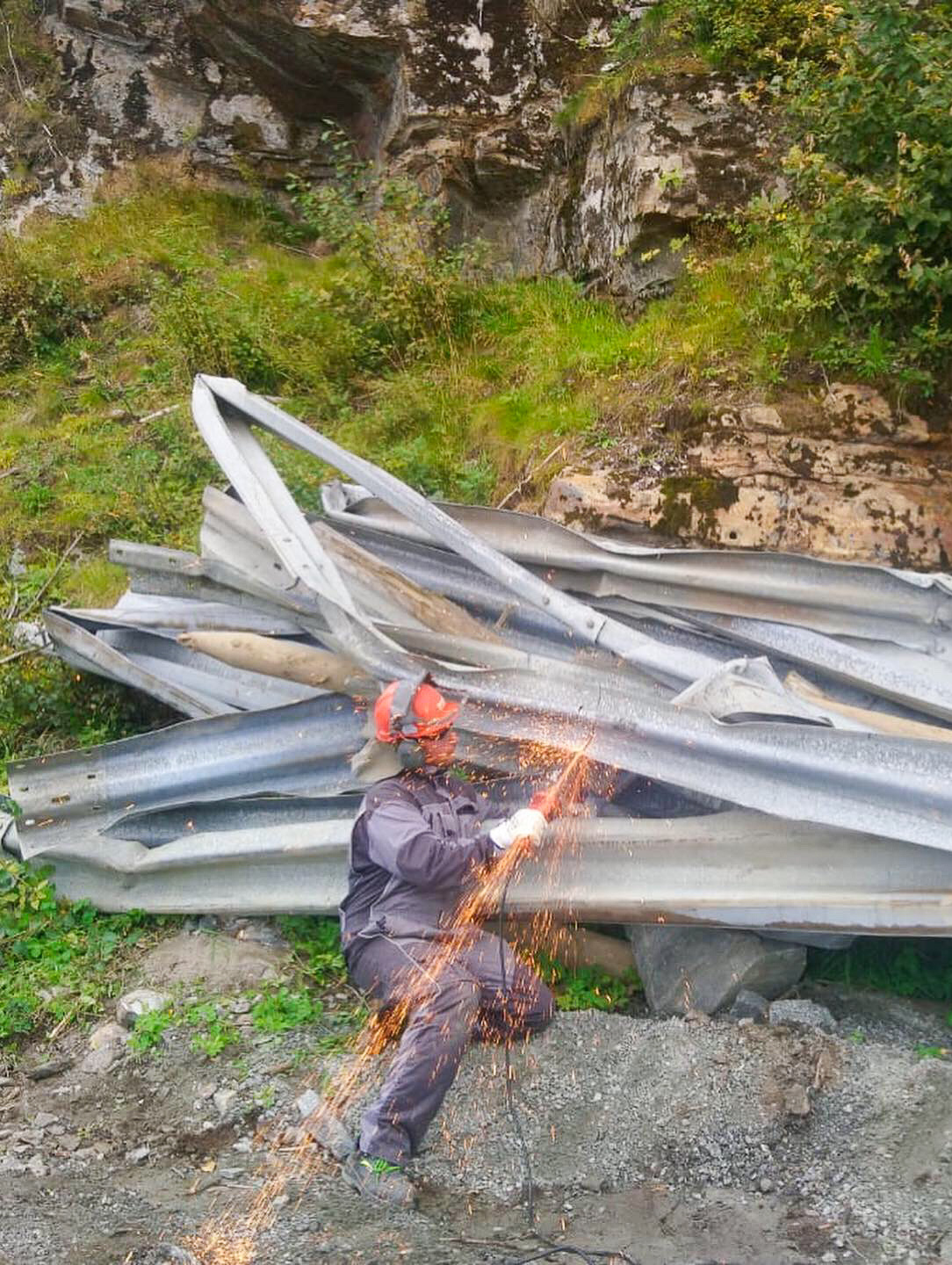
Angle-grinding the crash barriers we salvaged from the landslide in order to make the sculptures in our final installation / Copyright © Christopher Pearson 2019
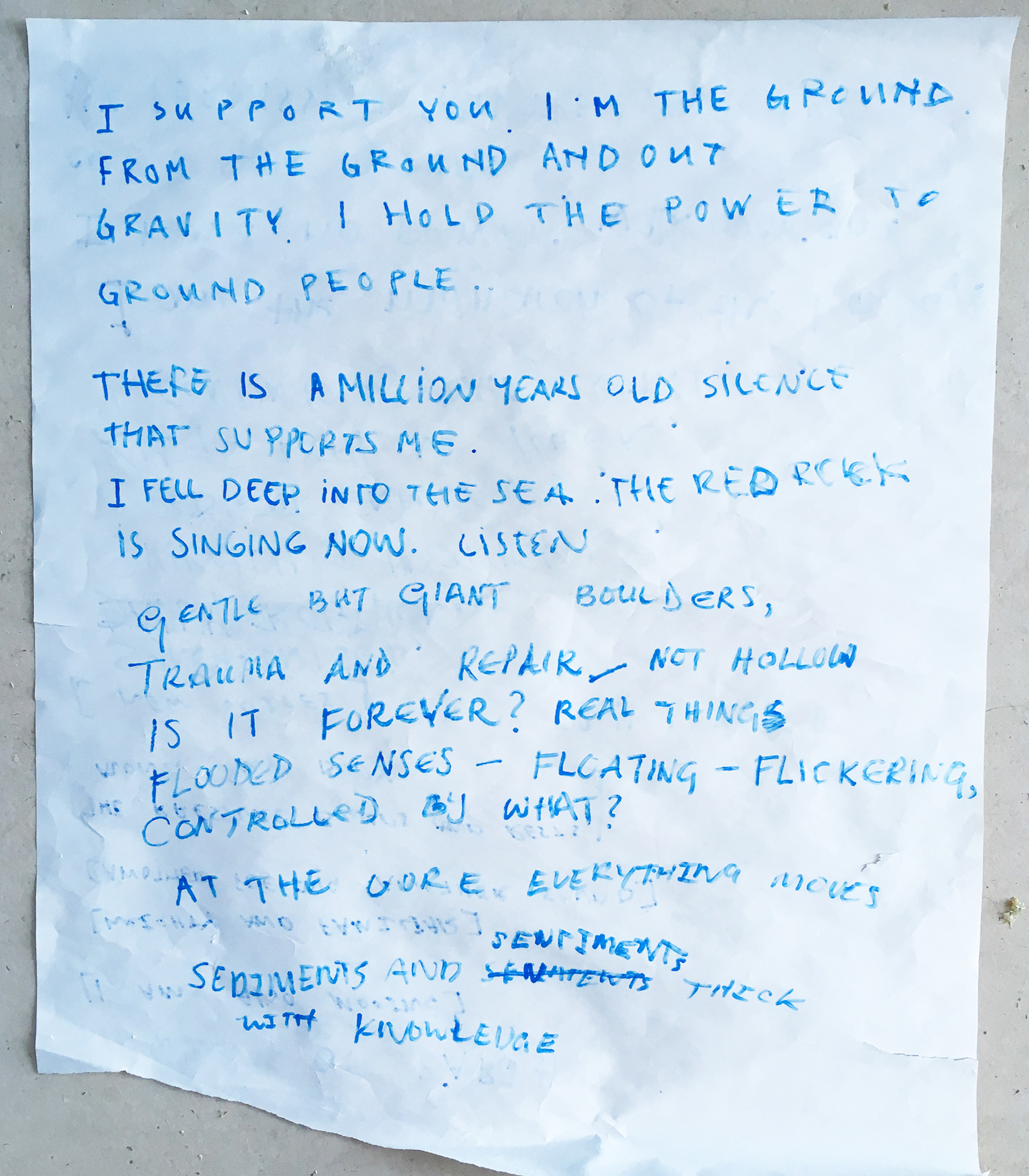
Collaborative writing from Michael Taiwo's workshop / Copyright © Christopher Pearson 2019

Collaborative writing from Michael Taiwo's workshop / Copyright © Christopher Pearson 2019
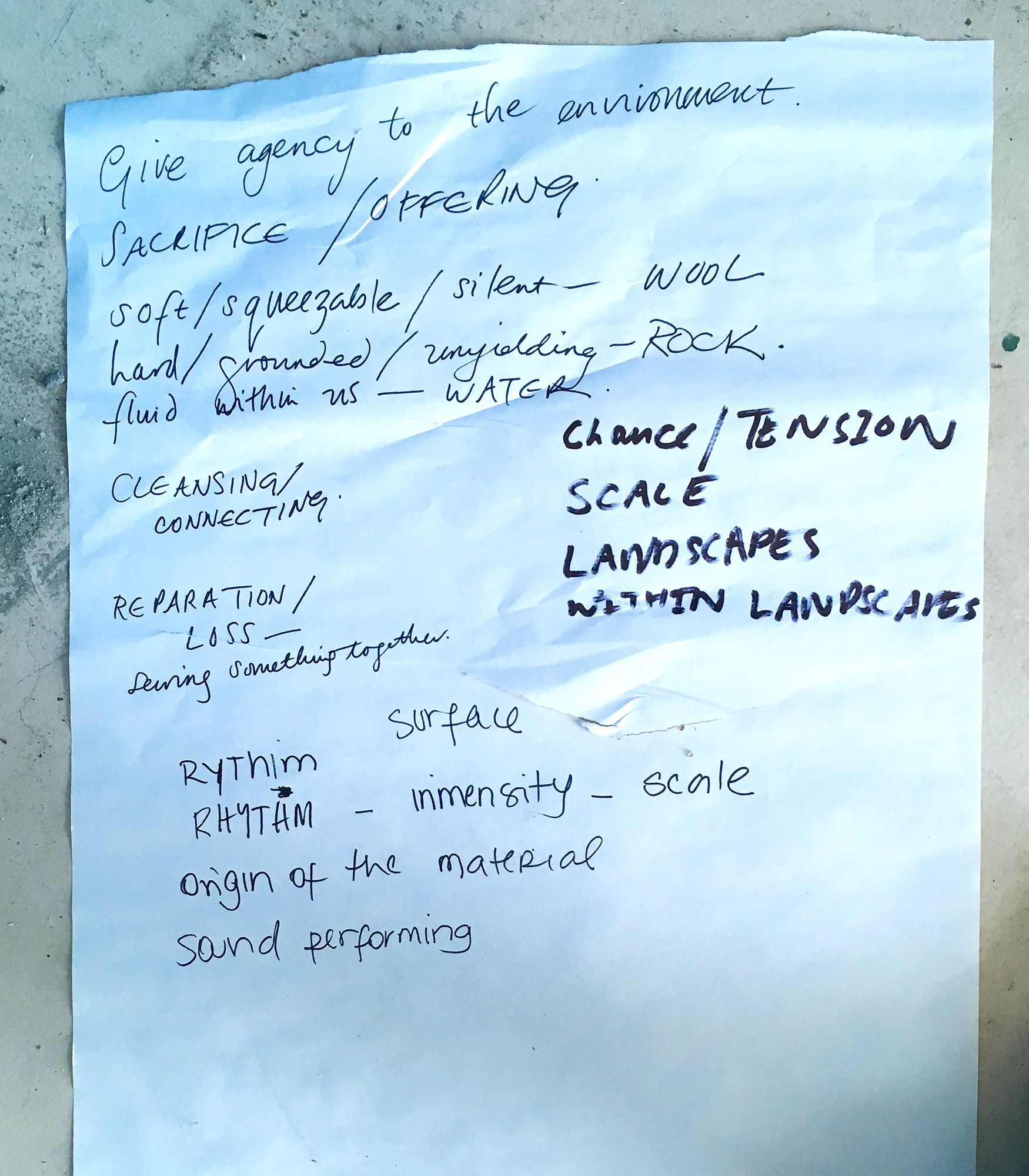
Collaborative writing from Michael Taiwo's workshop / Copyright © Christopher Pearson 2019
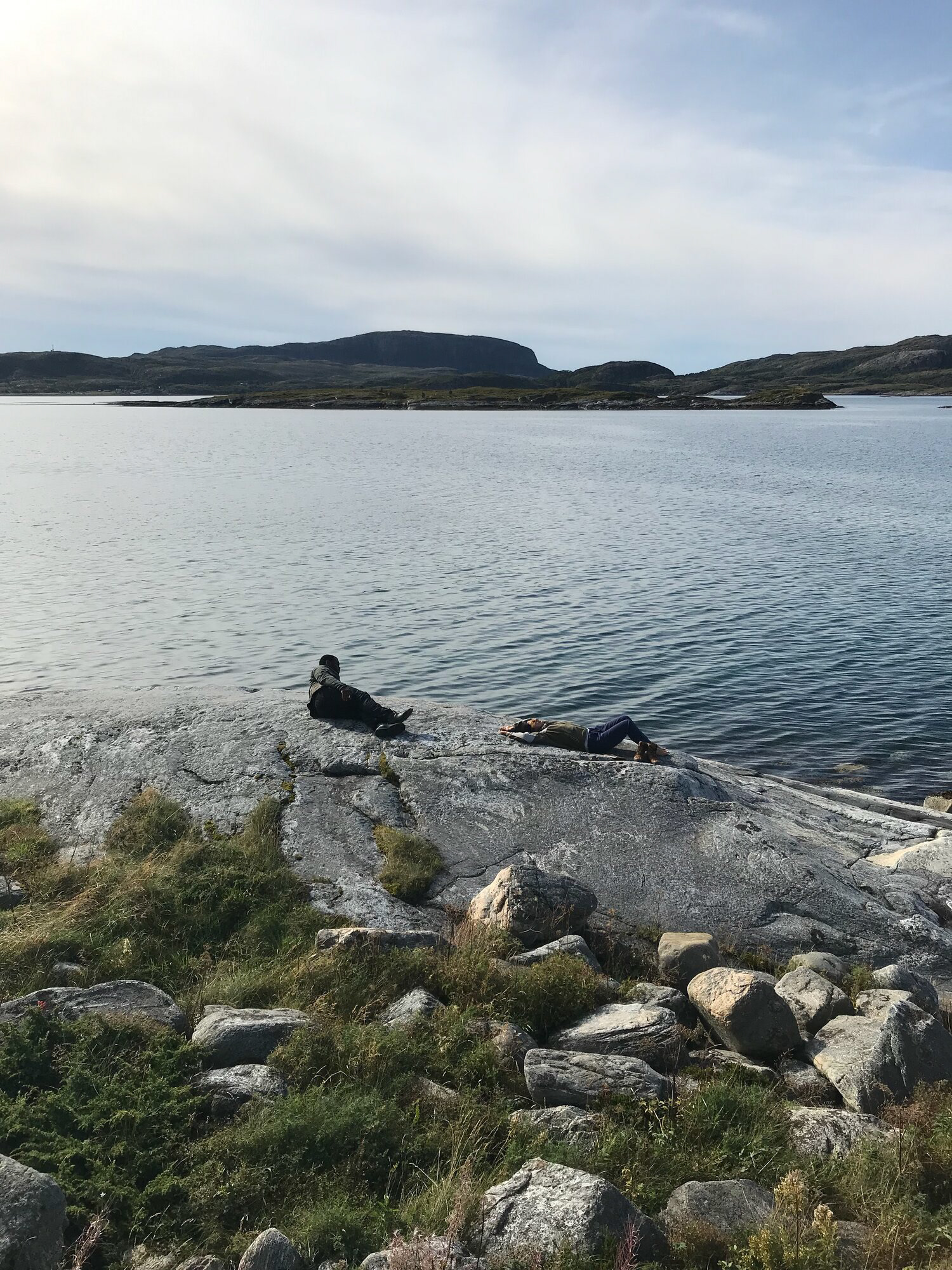
Writing from the ground during Michael's workshop / Copyright © Kirsten Bertelsen 2019
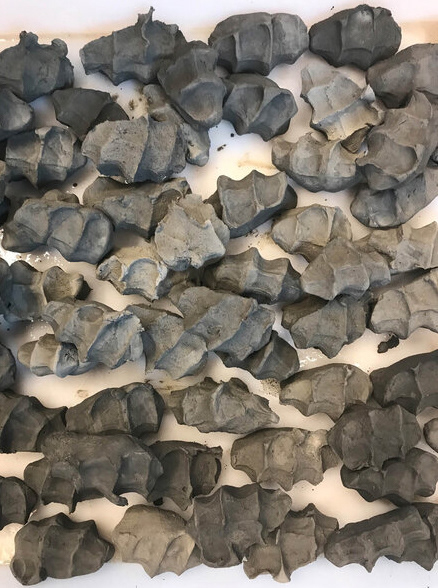
Miniature clay sculptures made during Kirsten's workshop / Copyright © Kirsten Bertelsen 2019

Miniature clay sculptures made during Kirsten's workshop / Copyright © Ingrid Pumayalla 2019
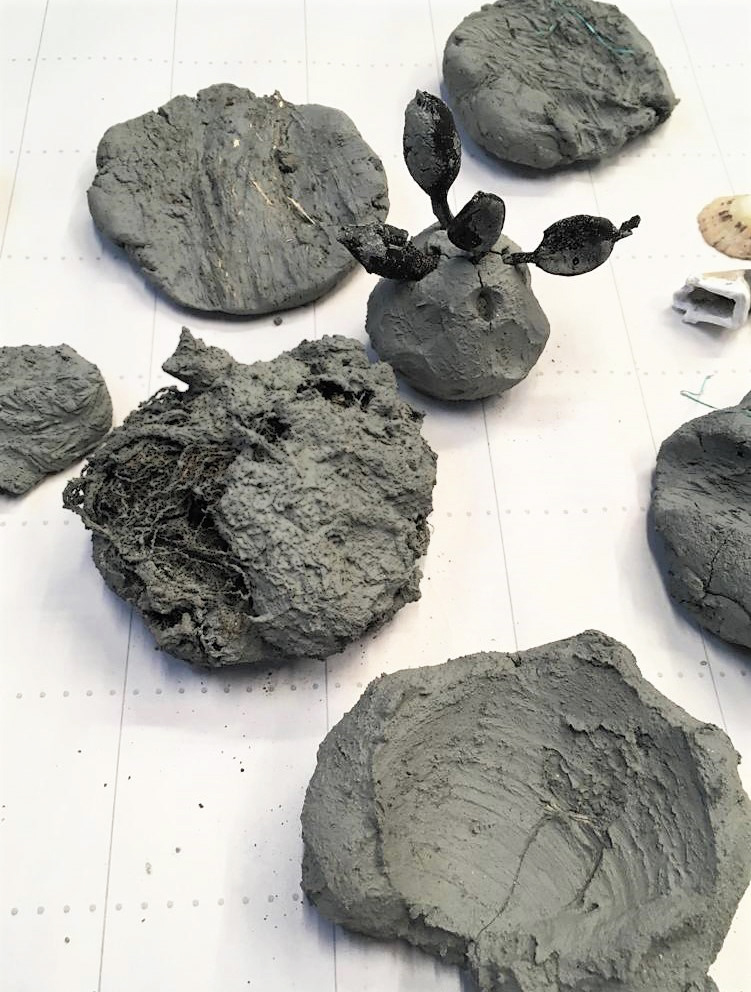
Miniature clay sculptures made during Kirsten's workshop / Copyright © Christopher Pearson 2019
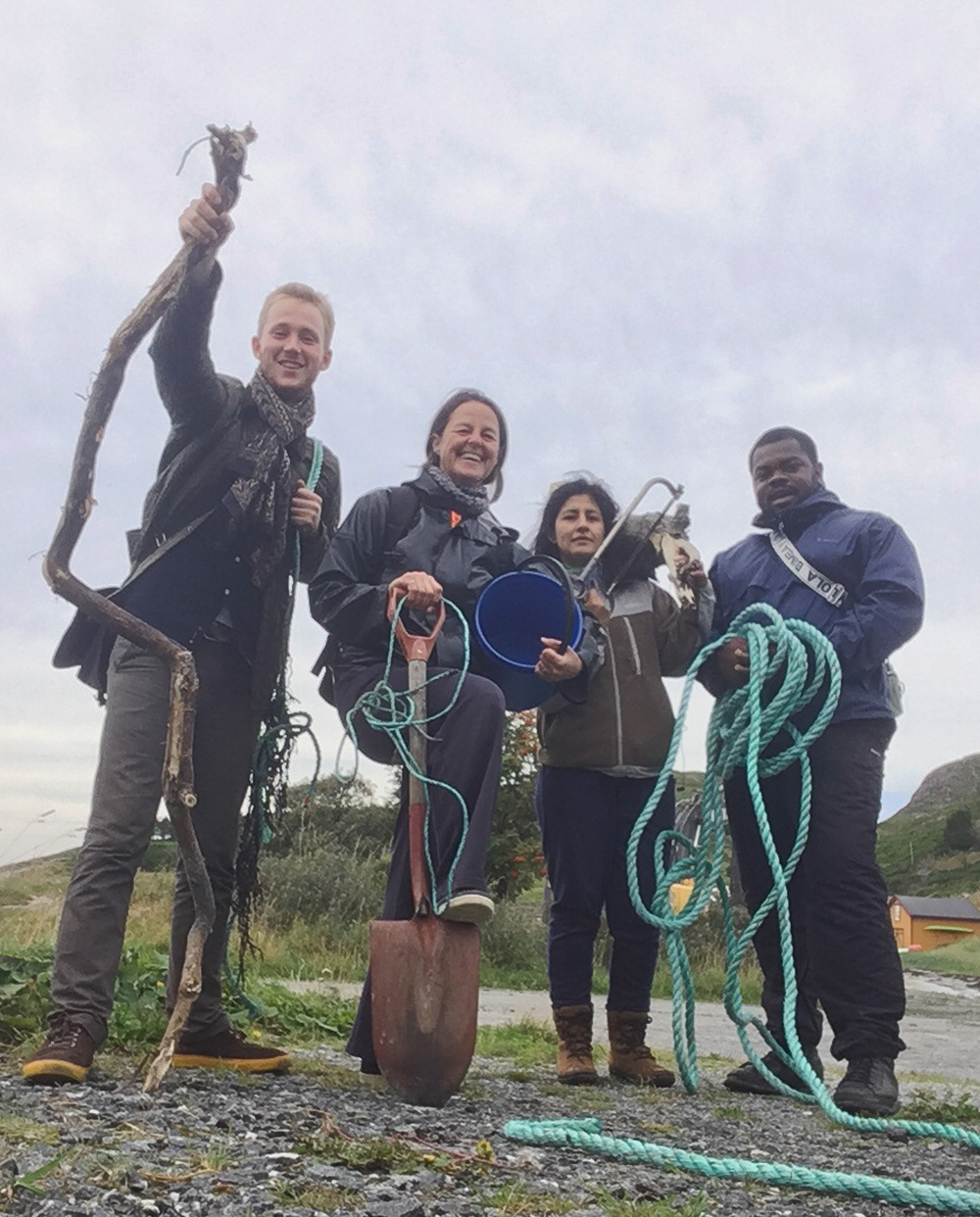
The four of us searching for materials around Stokkøya / Copyright © Christopher Pearson 2019
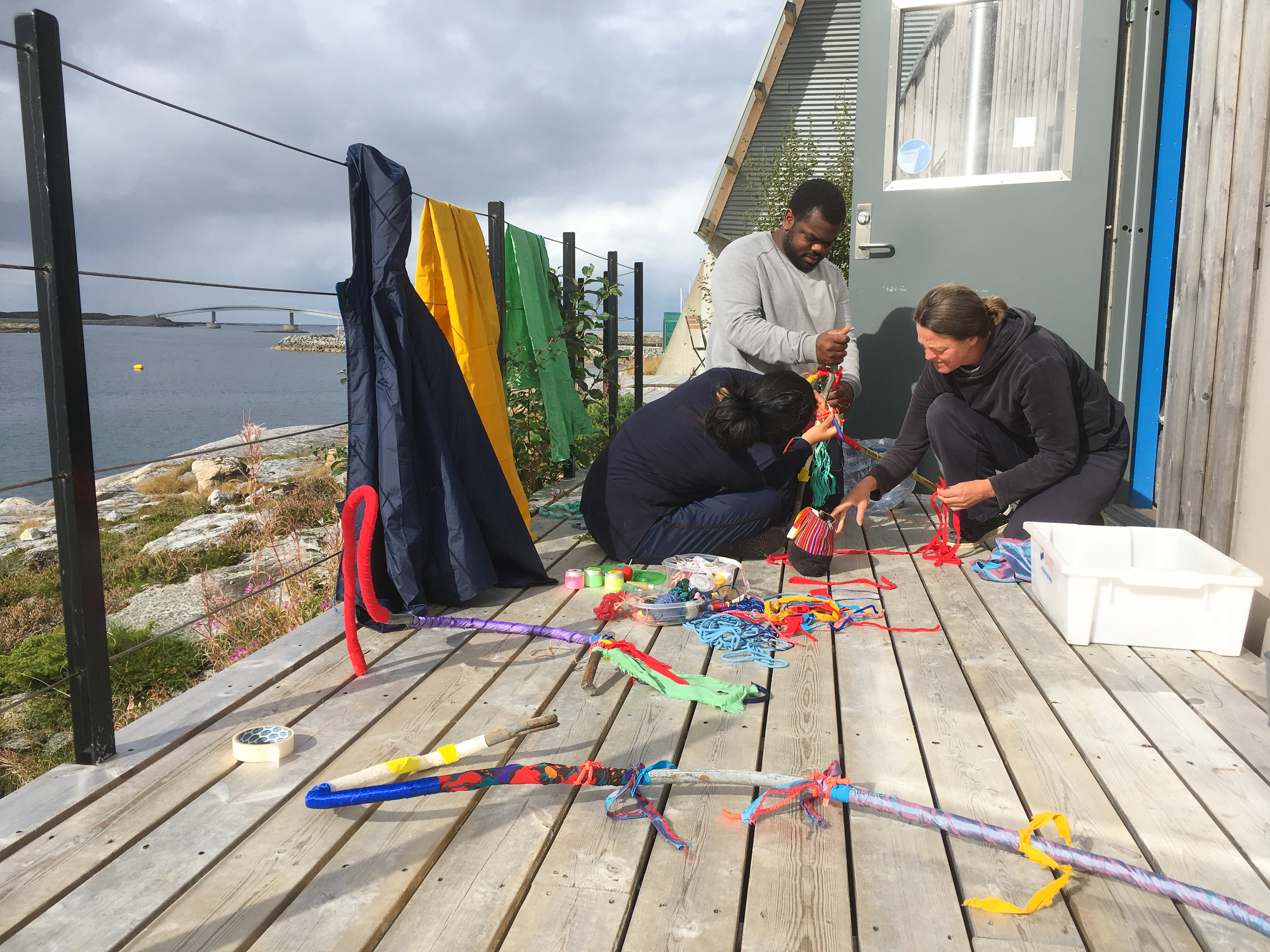
Part one of Christopher's workshop: gravity / Copyright © Christopher Pearson 2019

Part one of Christopher's workshop: gravity / Copyright © Christopher Pearson 2019
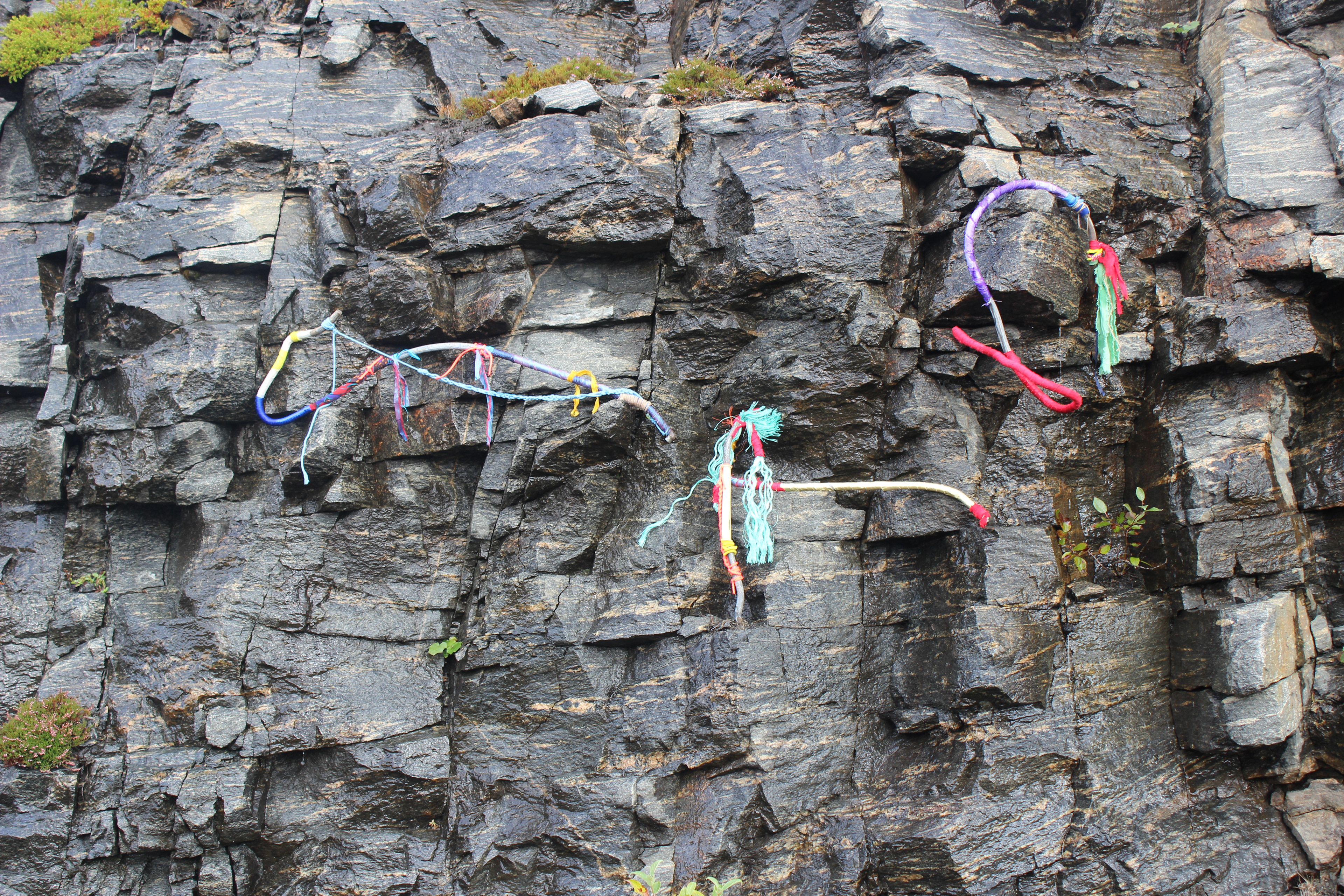
Part one of Christopher's workshop: gravity / Copyright © Christopher Pearson 2019
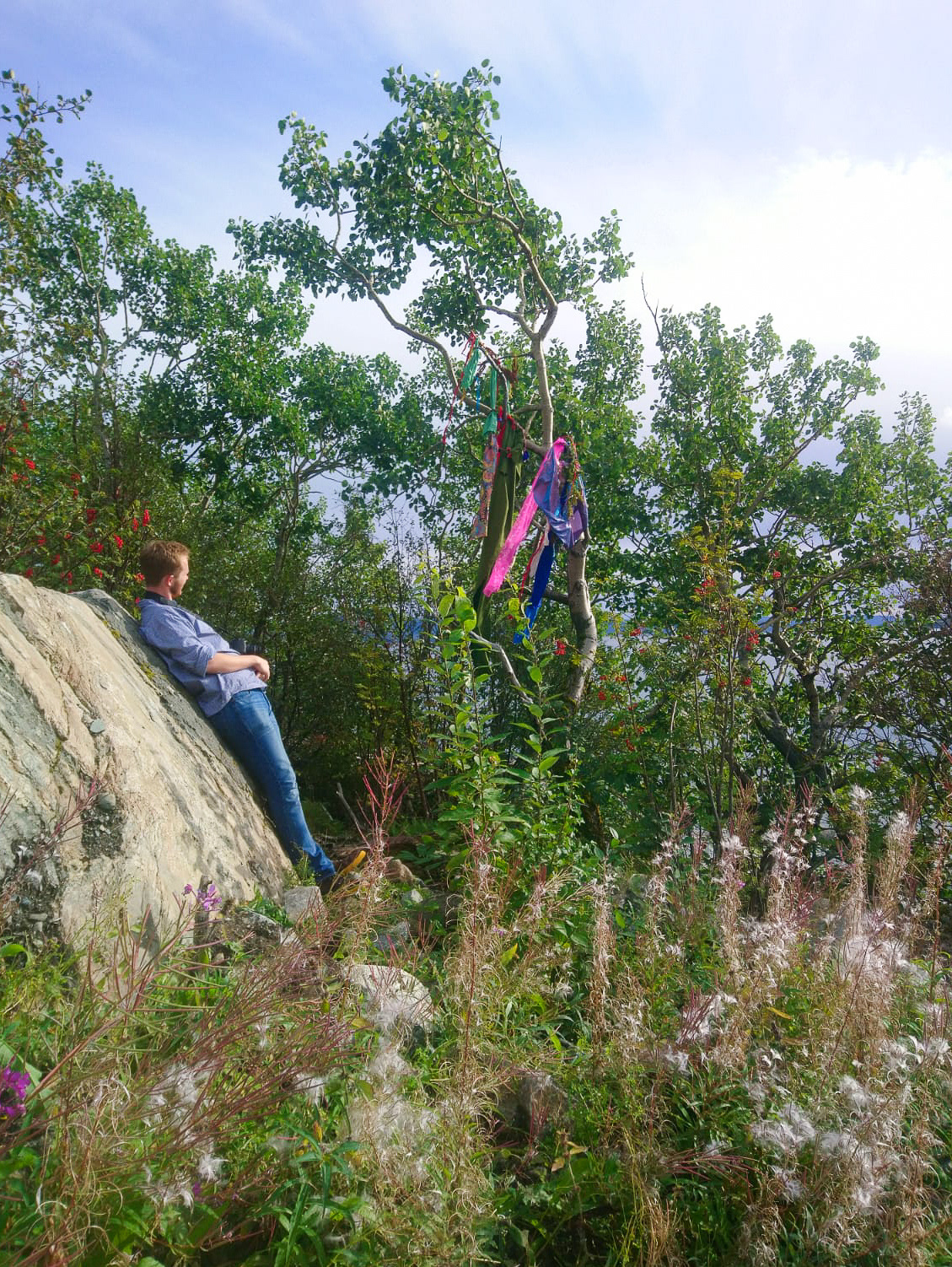
Part two of Christopher's workshop: wind / Copyright © Christopher Pearson 2019
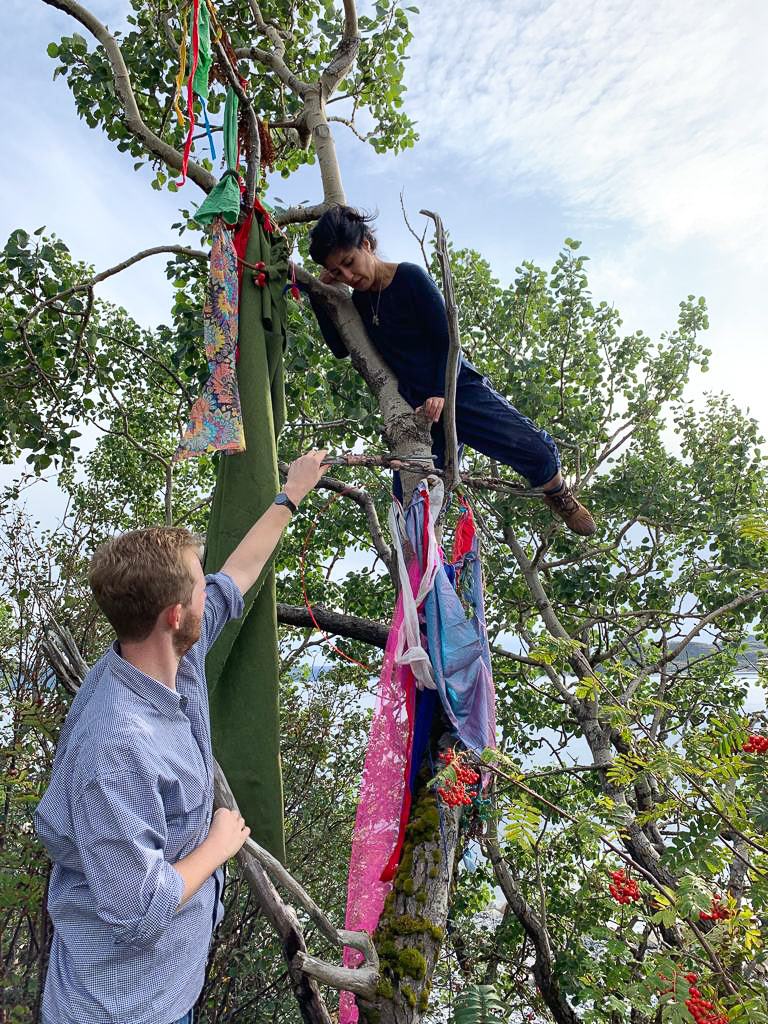
Part two of Christopher's workshop: wind / Copyright © Christopher Pearson 2019
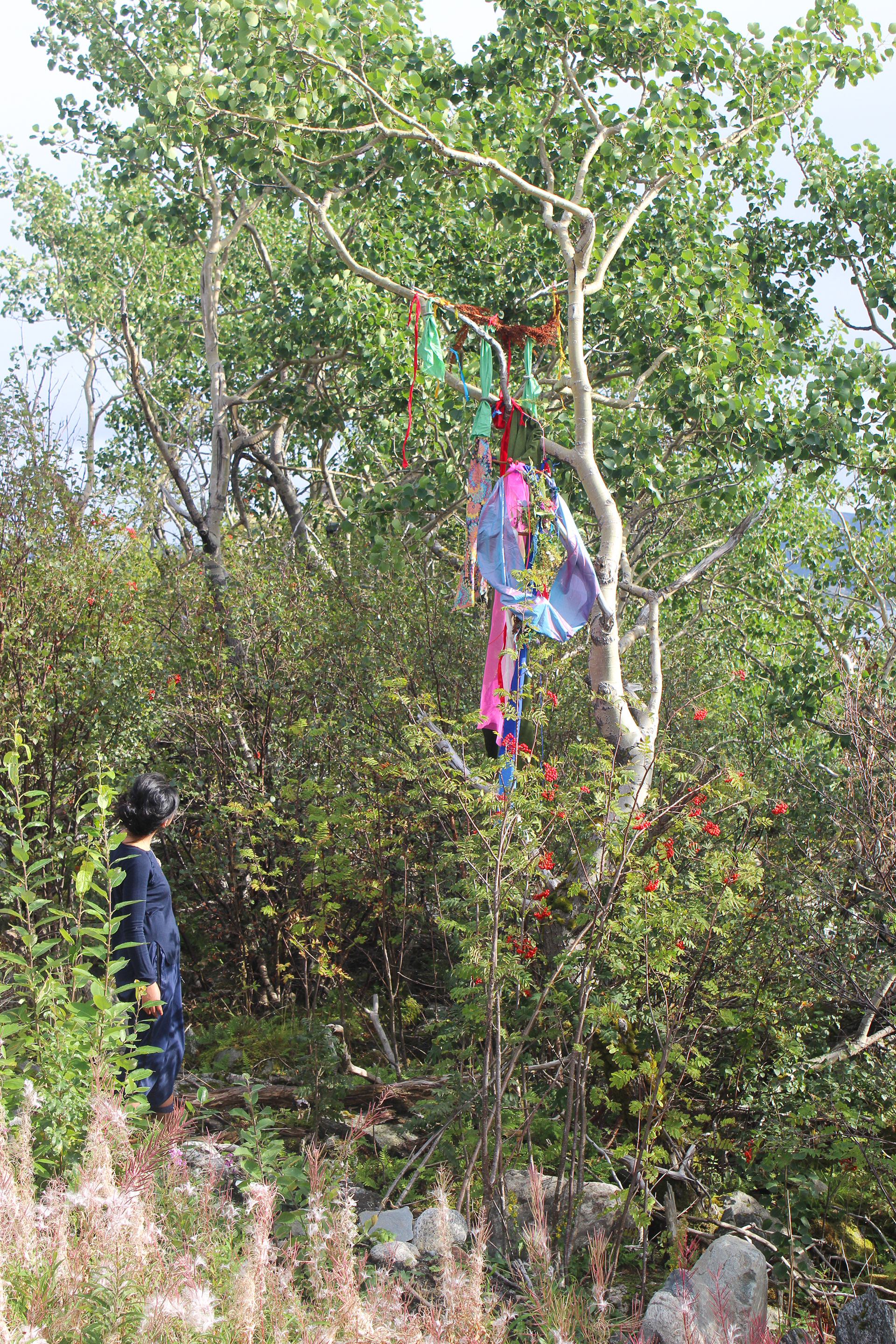
Part two of Christopher's workshop: wind / Copyright © Christopher Pearson 2019
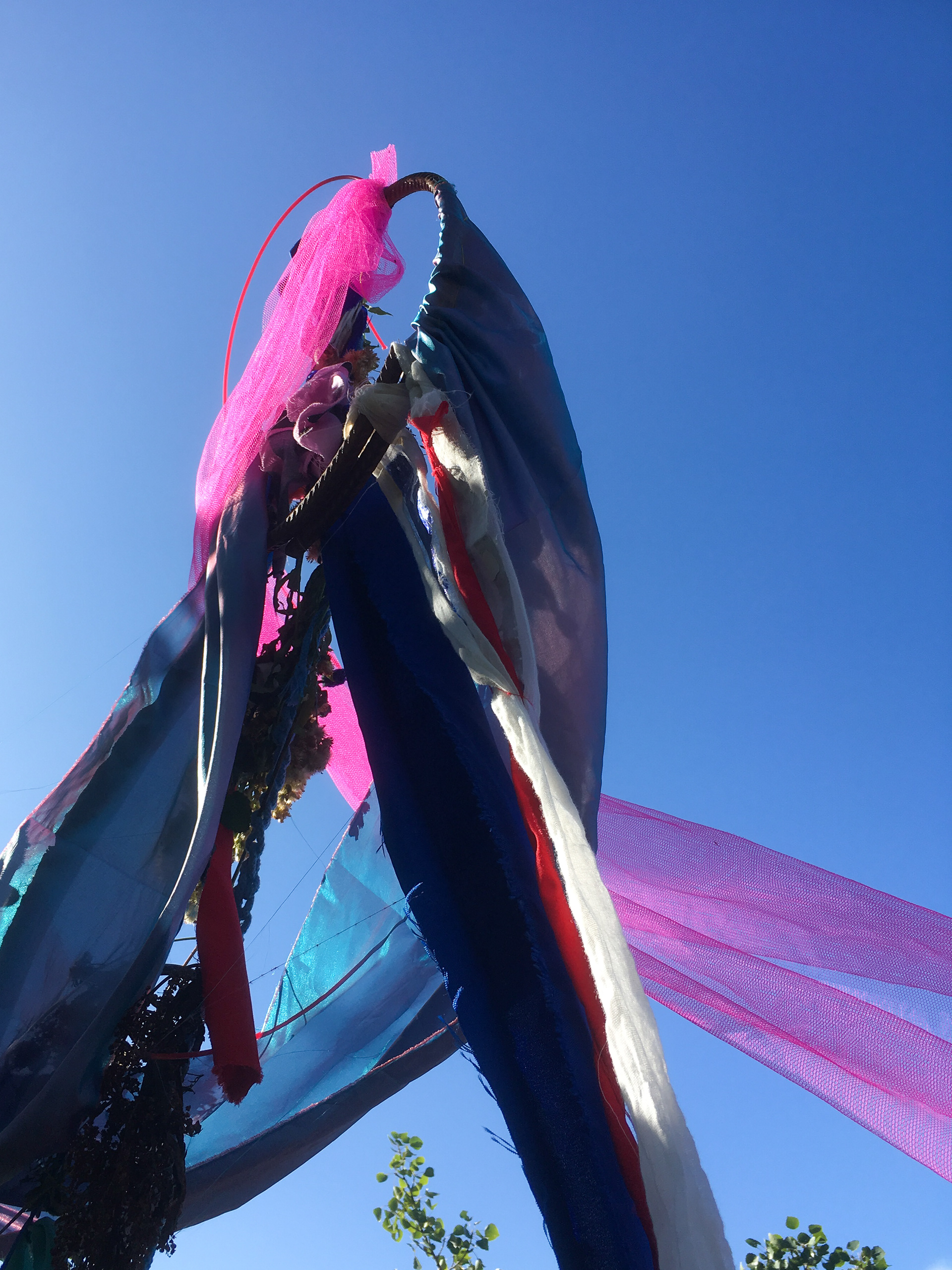
Part two of Christopher's workshop: wind / Copyright © Christopher Pearson 2019
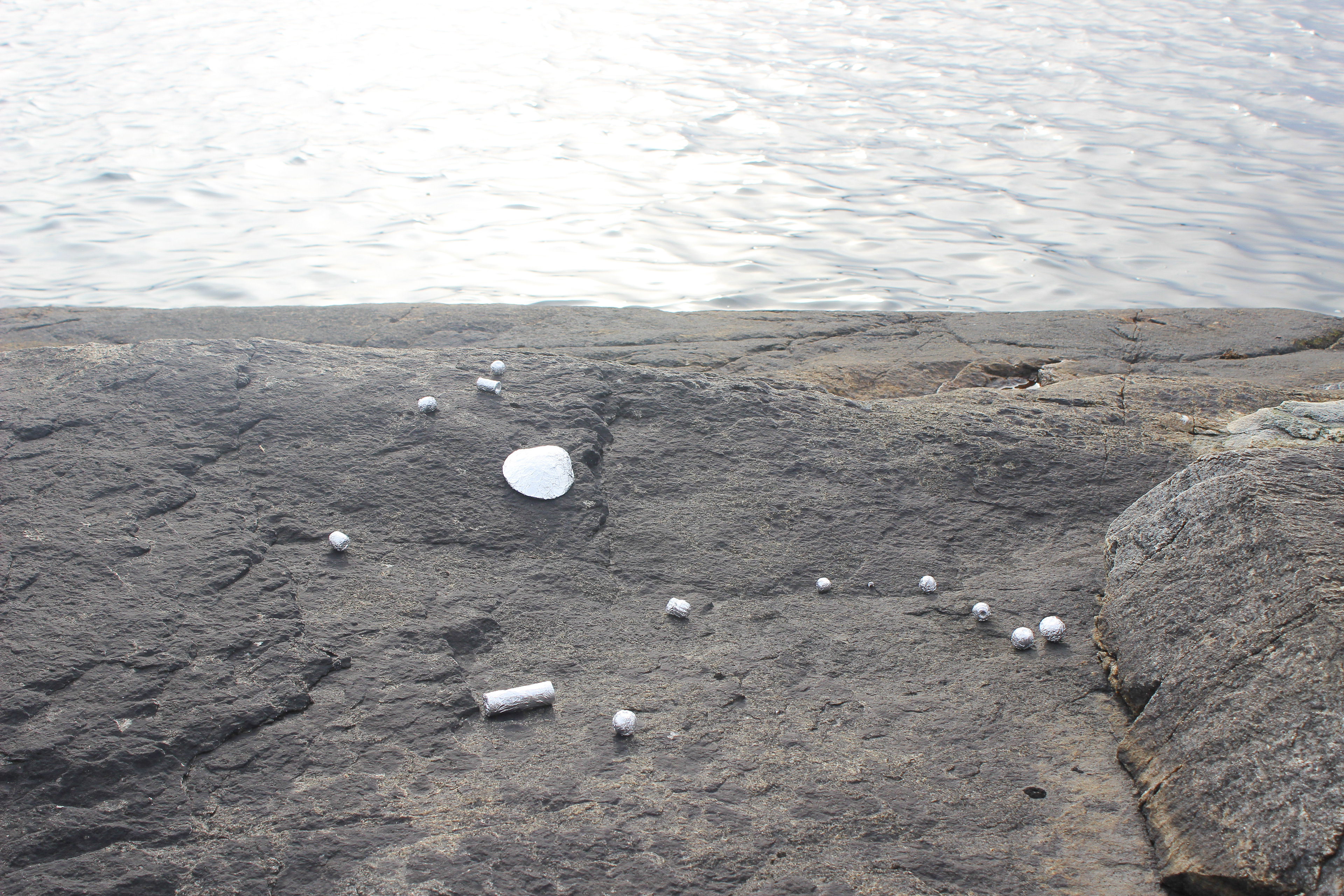
Part three of Christopher's workshop: light / Copyright © Christopher Pearson 2019
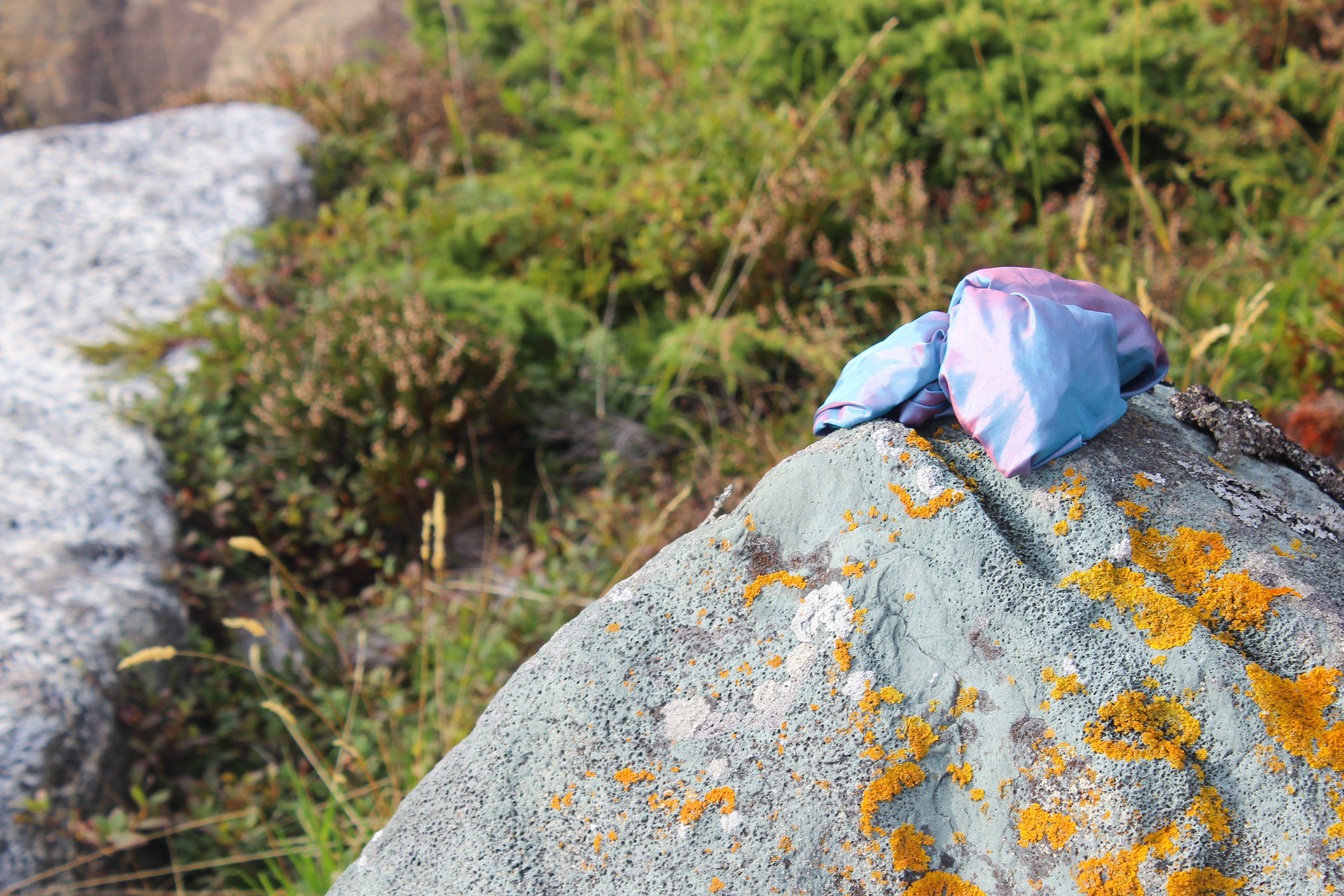
Part three of Christopher's workshop: light / Copyright © Christopher Pearson 2019
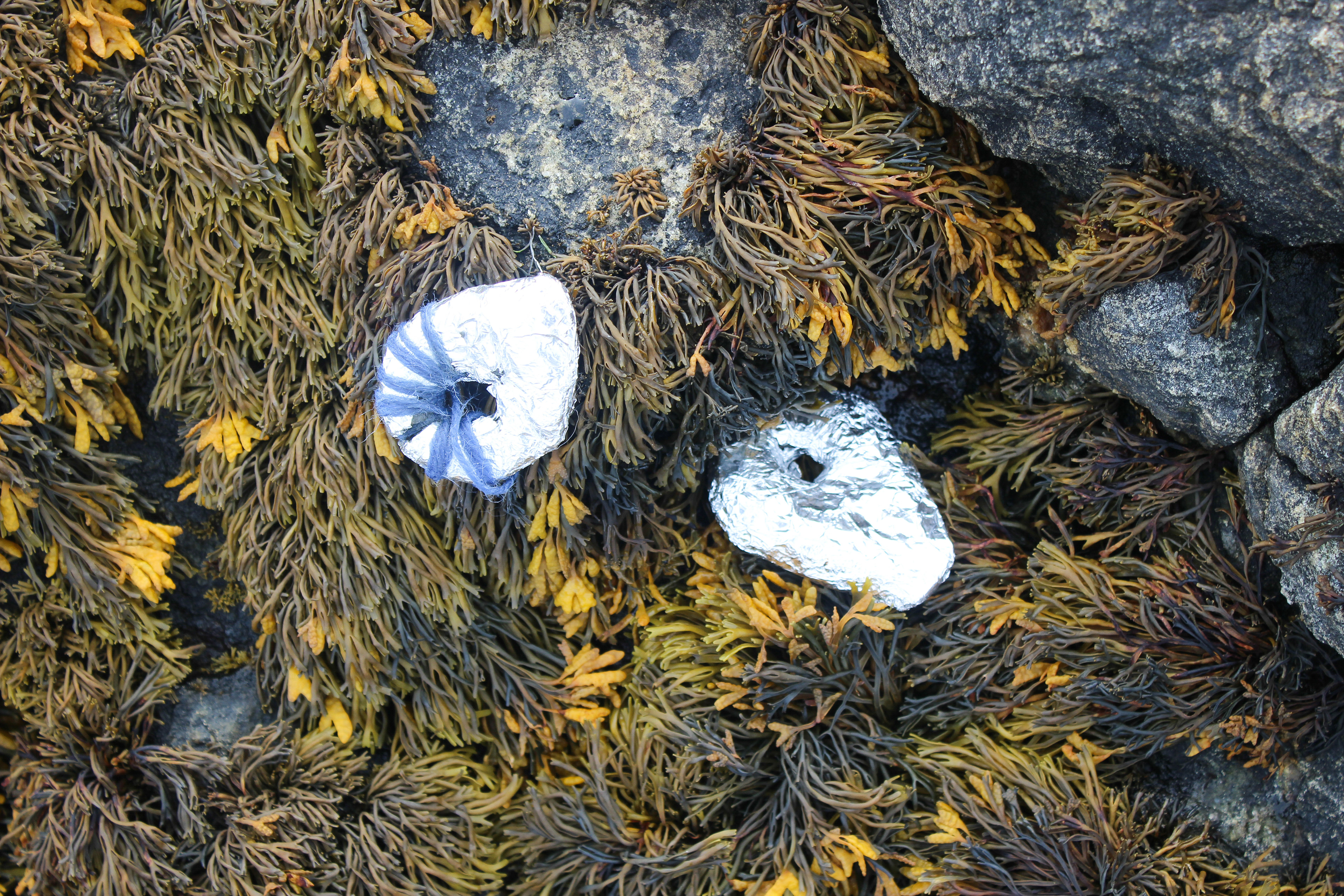
Part three of Christopher's workshop: light / Copyright © Christopher Pearson 2019

Ingrid's 'sensing the landscape' workshop / Copyright © Christopher Pearson 2019
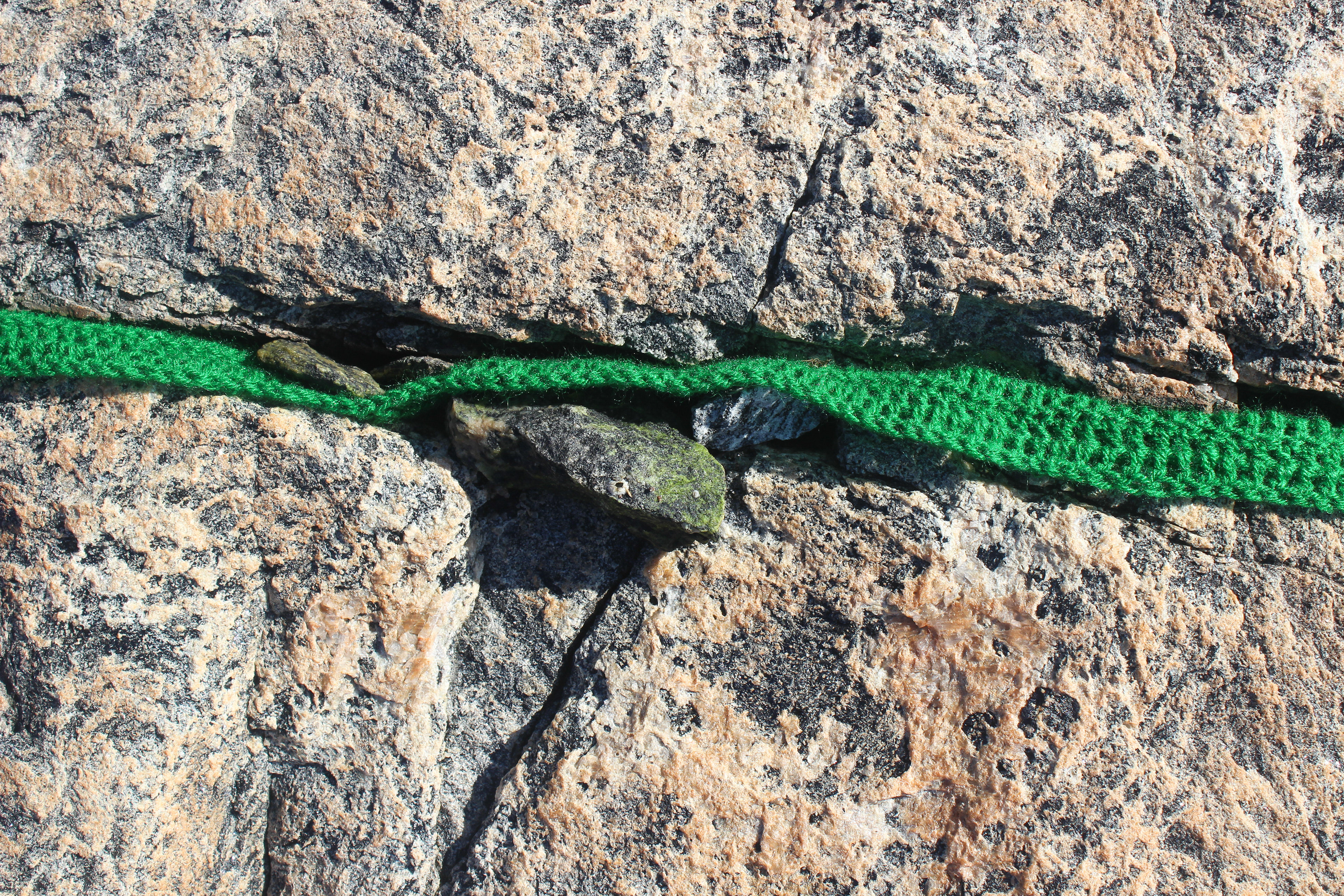
Ingrid's 'sensing the landscape' workshop / Copyright © Christopher Pearson 2019

Ingrid's 'sensing the landscape' workshop / Copyright © Christopher Pearson 2019
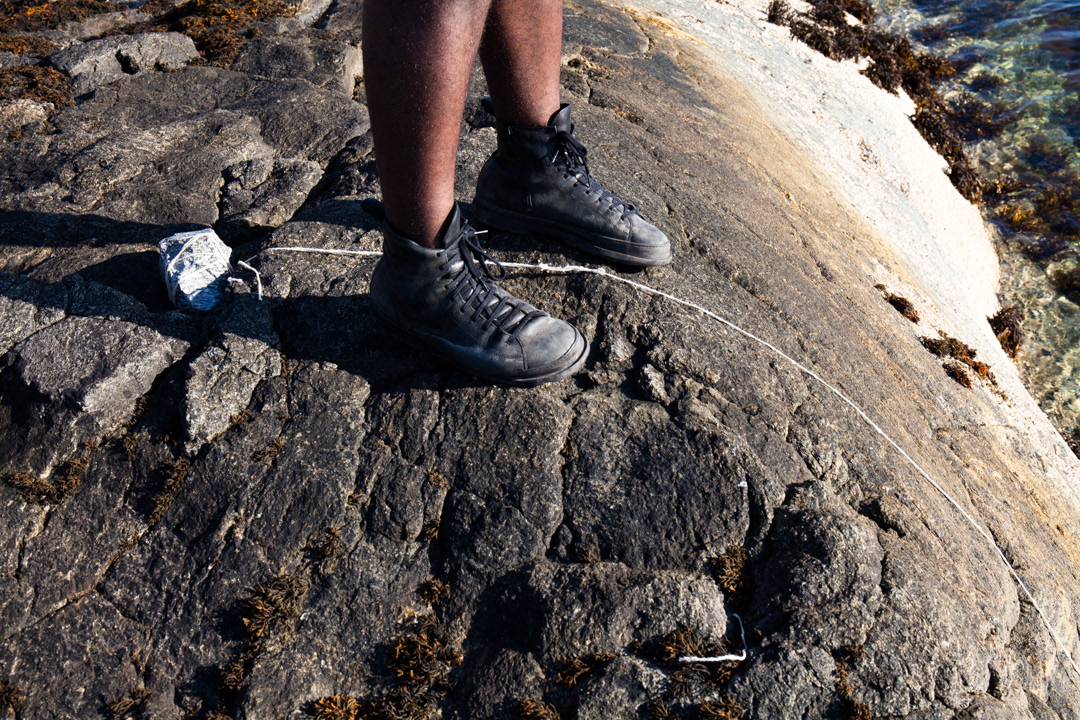
Ingrid's 'sensing the landscape' workshop / Copyright © Ingrid Pumayalla 2019
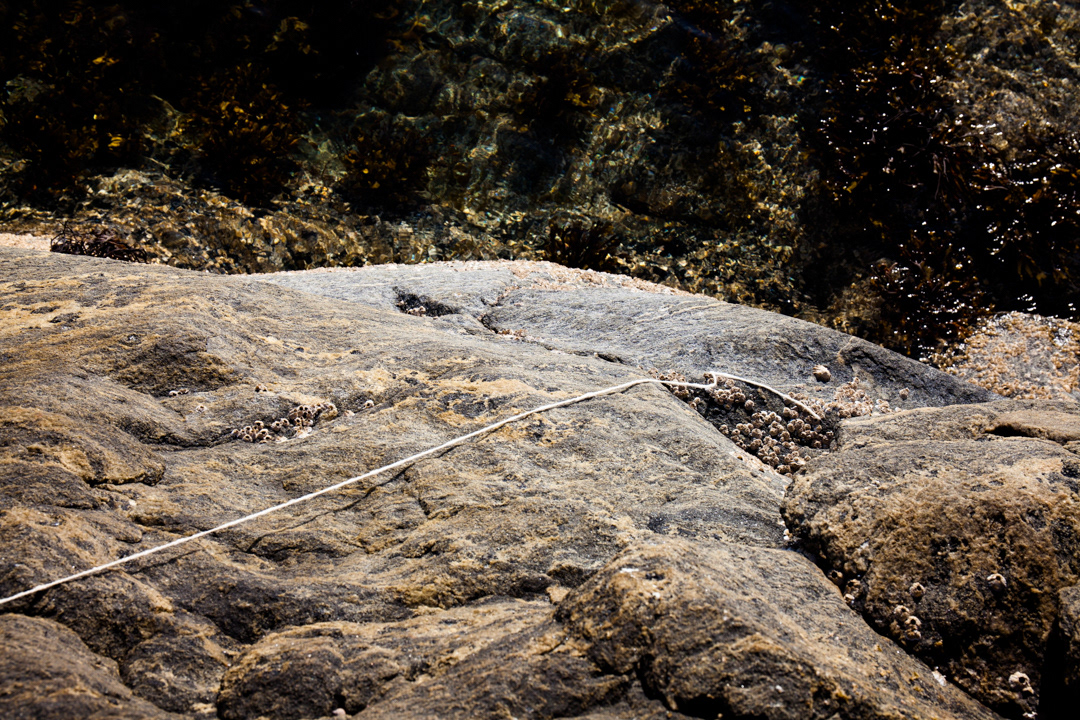
Ingrid's 'sensing the landscape' workshop / Copyright © Ingrid Pumayalla 2019
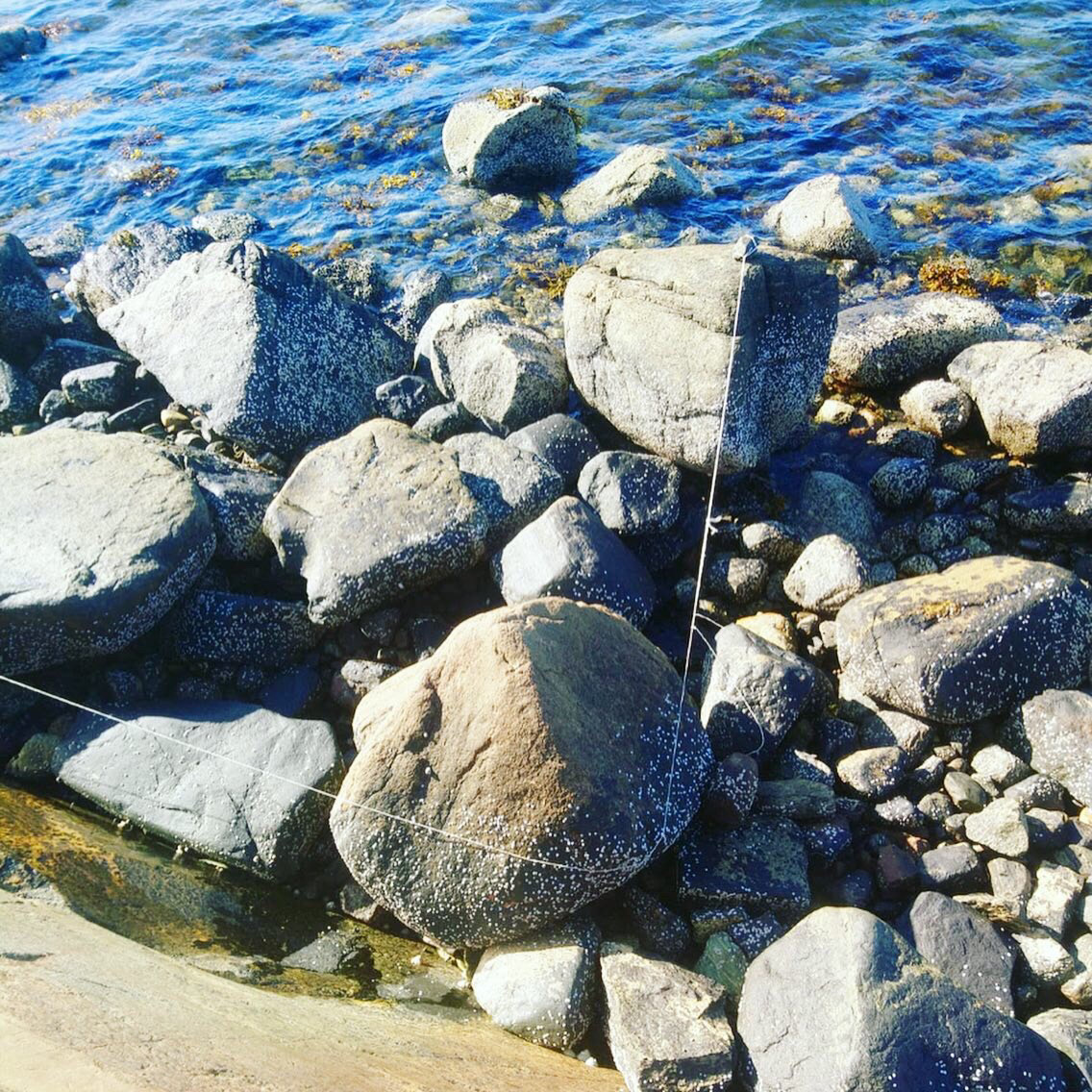
Ingrid's 'sensing the landscape' workshop / Copyright © Ingrid Pumayalla 2019
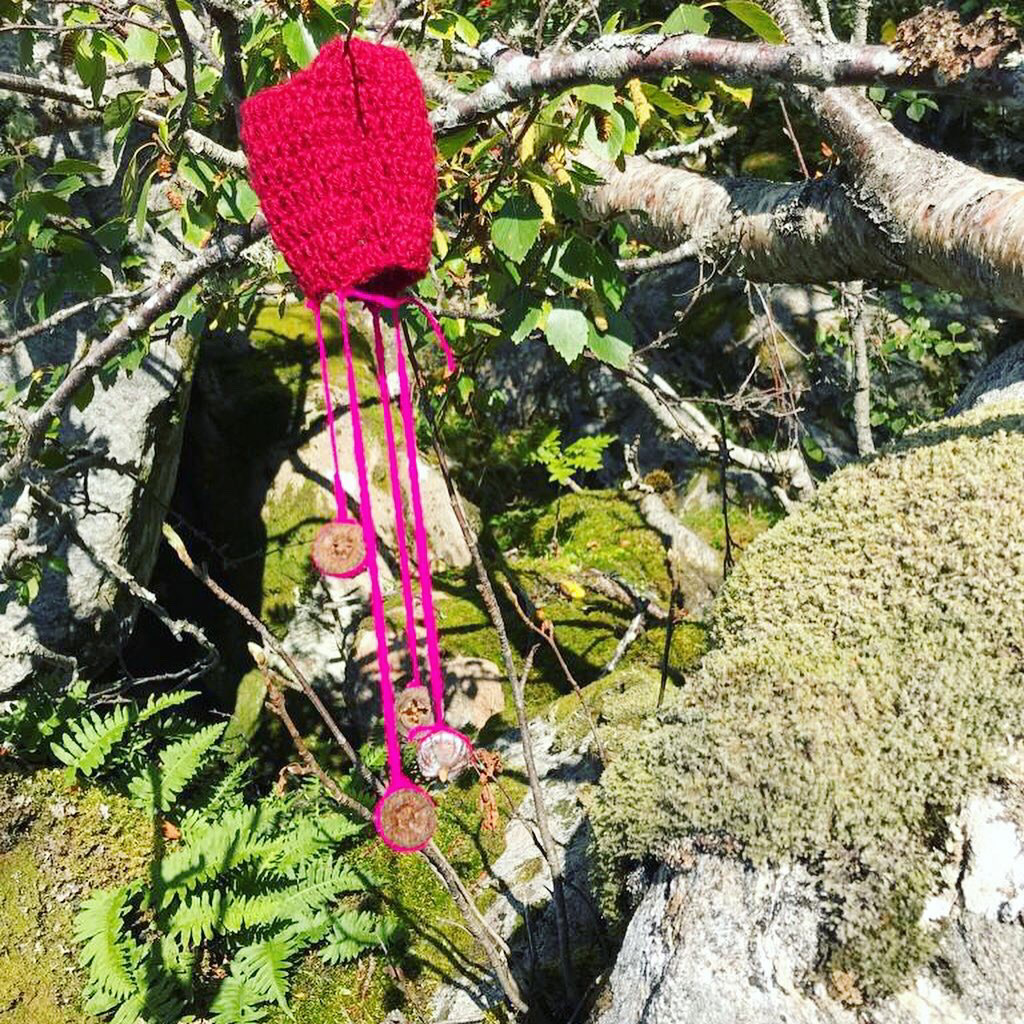
Ingrid's 'sensing the landscape' workshop / Copyright © Kirsten Bertelsen 2019
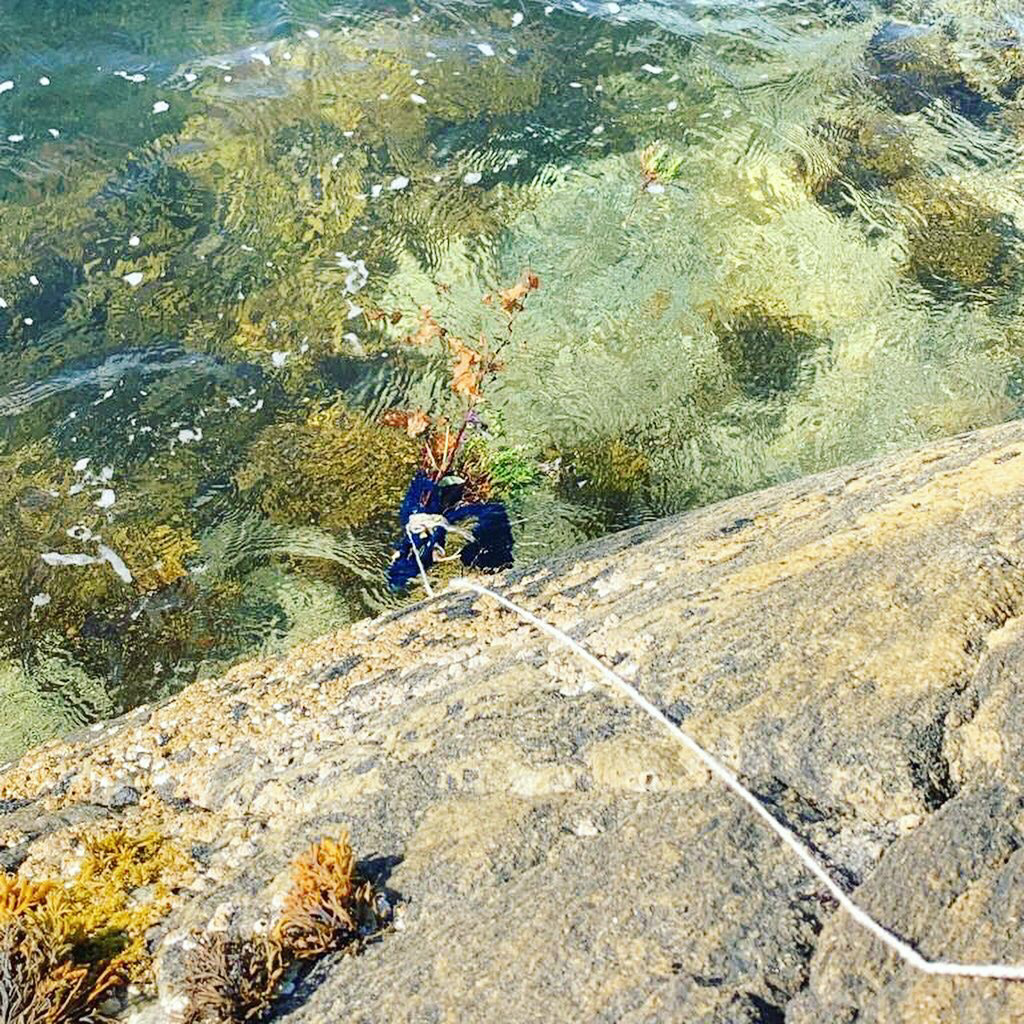
Ingrid's 'sensing the landscape' workshop / Copyright © Michael Taiwo 2019

Testing different configurations with the crash barrier fragments we salvaged from the landslide / Copyright © Christopher Pearson 2019
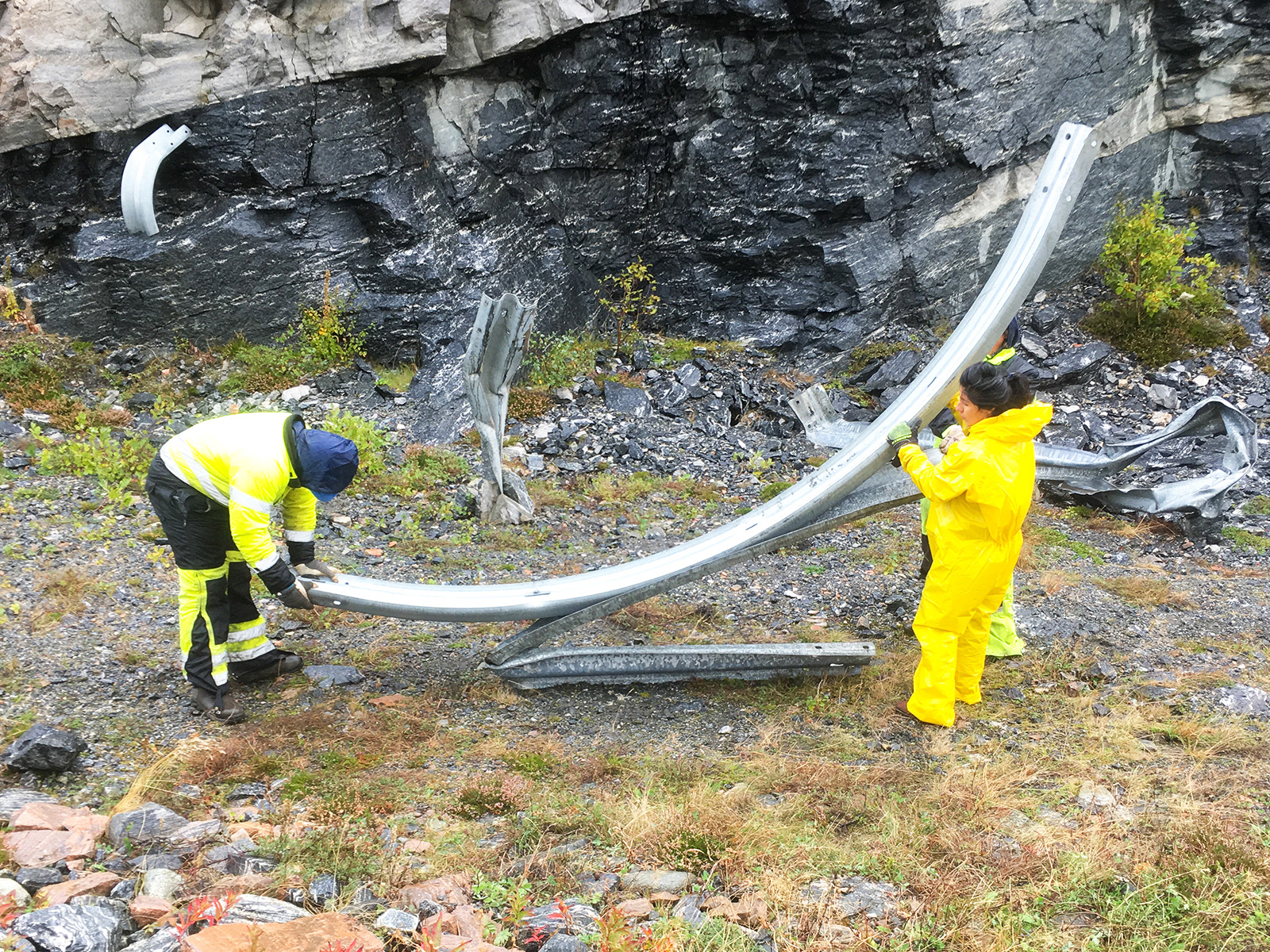
Testing different configurations with the crash barrier fragments we salvaged from the landslide / Copyright © Christopher Pearson 2019
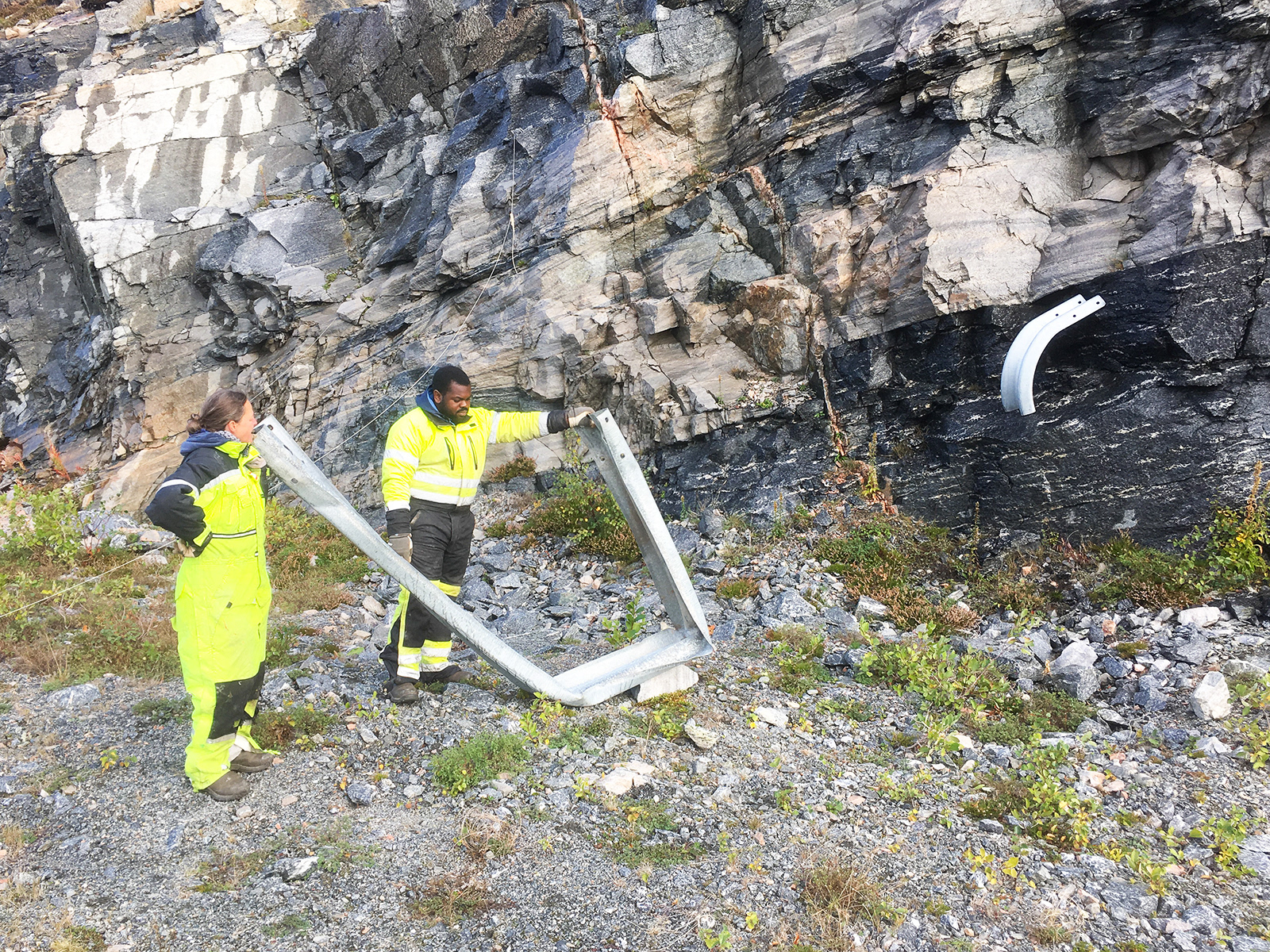
Testing different configurations with the crash barrier fragments we salvaged from the landslide / Copyright © Christopher Pearson 2019
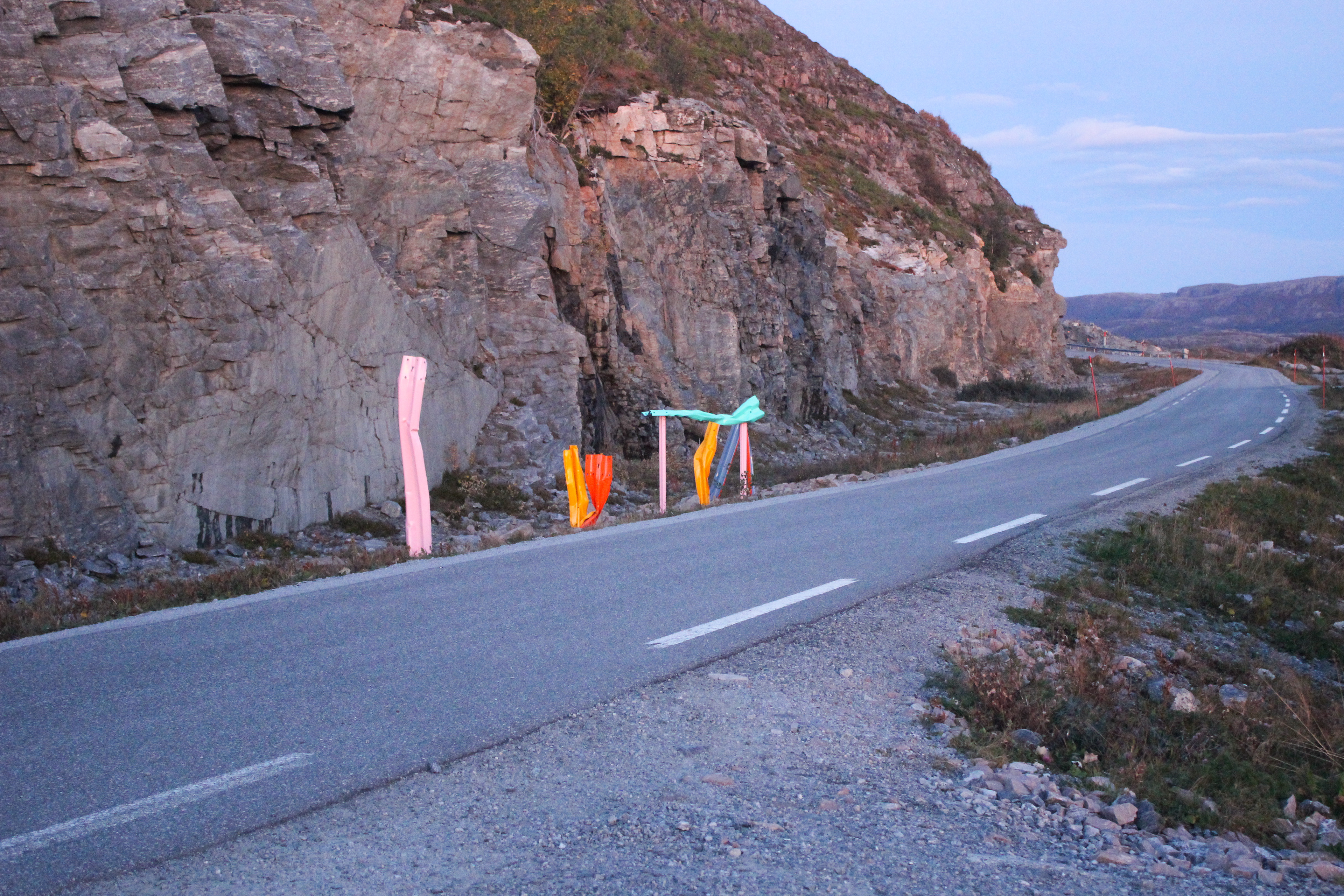
Our final installation, entitled 'On Precarious Ground' (Norwegian: 'På utrygg grunn'), comprising five painted steel sculptures and a sound composition / Copyright © Christopher Pearson 2019

Our final installation, entitled 'On Precarious Ground' (Norwegian: 'På utrygg grunn'), comprising five painted steel sculptures and a sound composition / Copyright © Christopher Pearson 2019
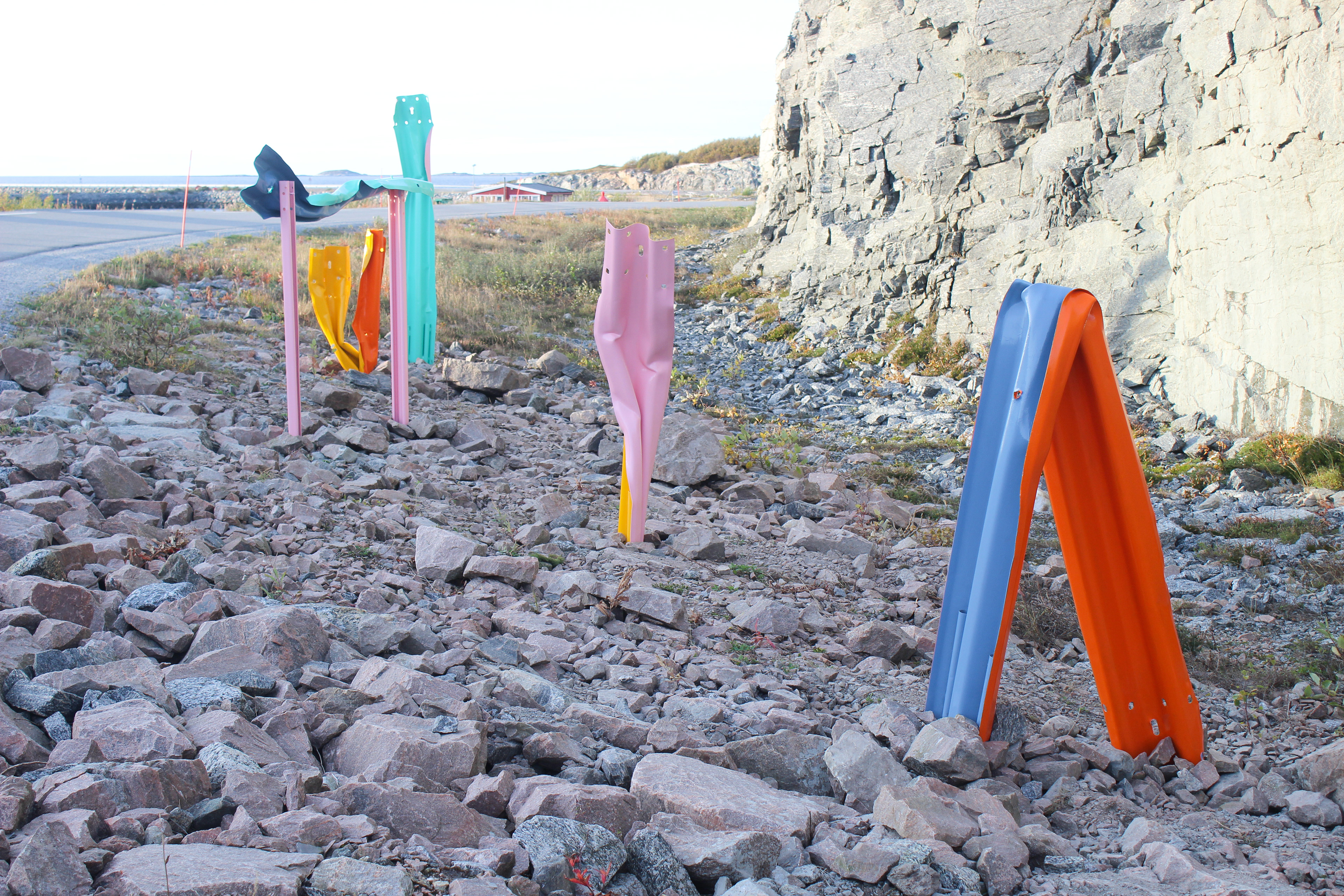
Our final installation, entitled 'On Precarious Ground' (Norwegian: 'På utrygg grunn'), comprising five painted steel sculptures and a sound composition / Copyright © Christopher Pearson 2019

The Hosen coastline / Copyright © Christopher Pearson 2019

A view over Stokkøya from a nearby mountain / Copyright © Christopher Pearson 2019
Our final installation, entitled 'On Precarious Ground' (Norwegian: 'På utrygg grunn'), comprising five painted steel sculptures and a sound composition / Copyright © Christopher Pearson 2019

'På utrygg grunn' artist beer label for Stokkøy Bryggeri
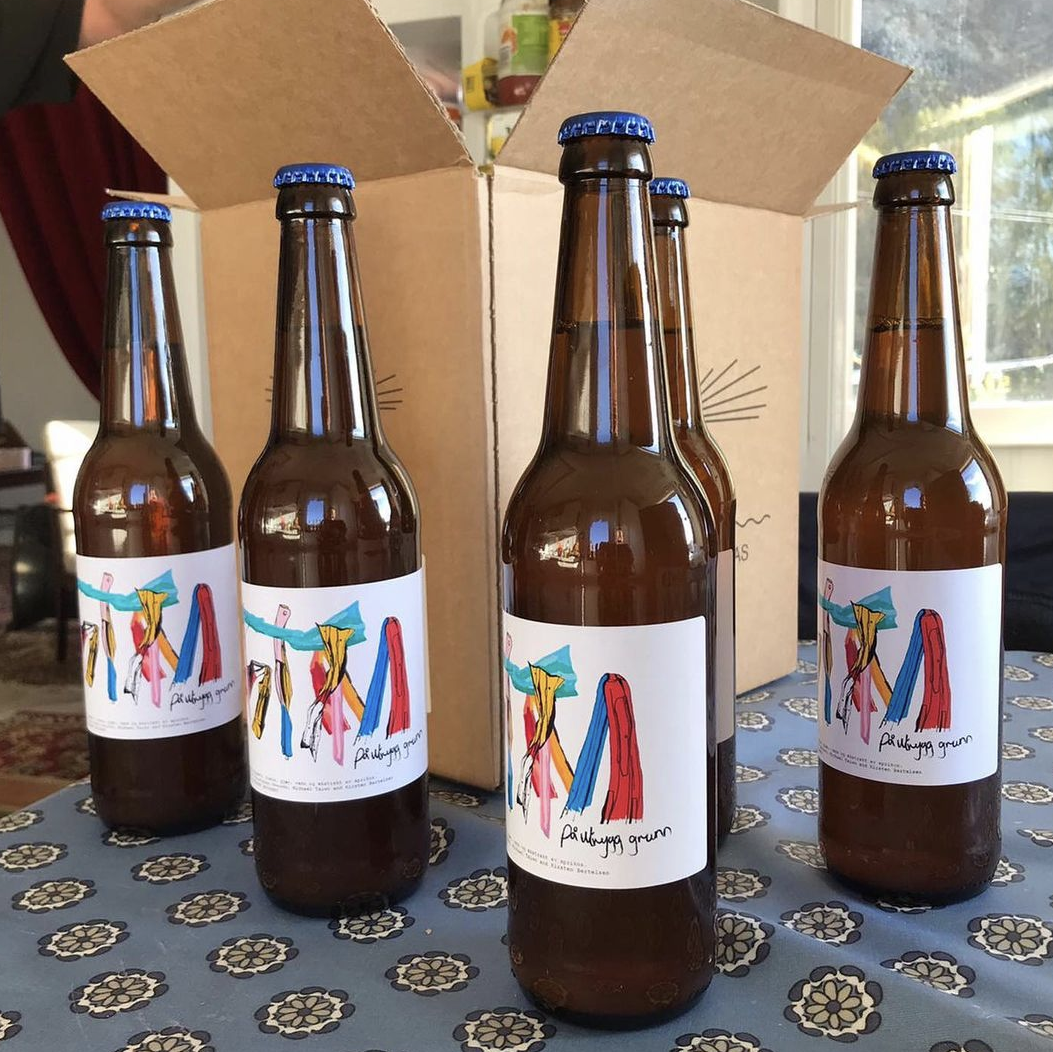
'På utrygg grunn' artist beer label for Stokkøy Bryggeri
